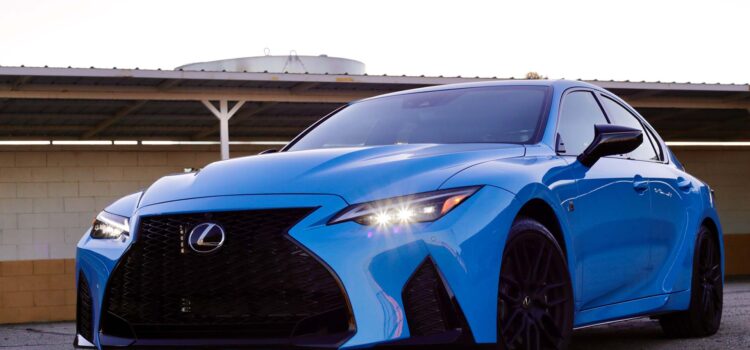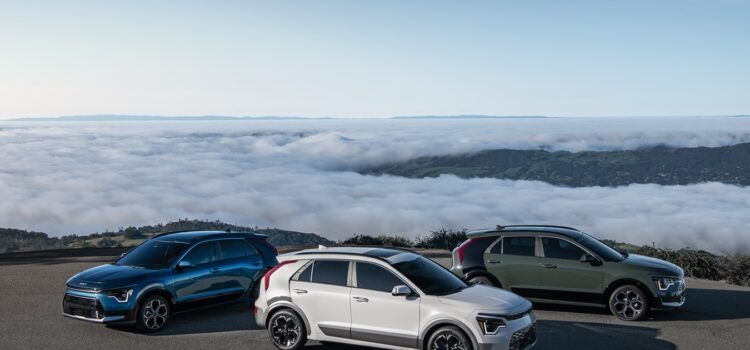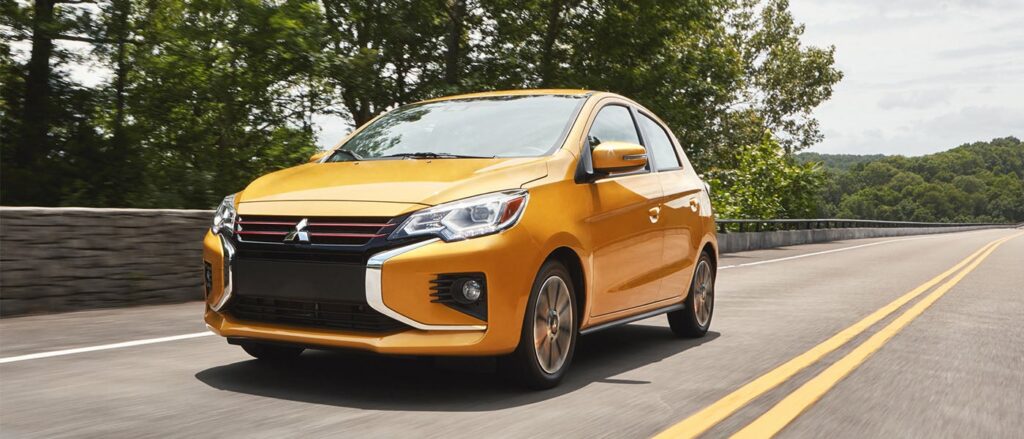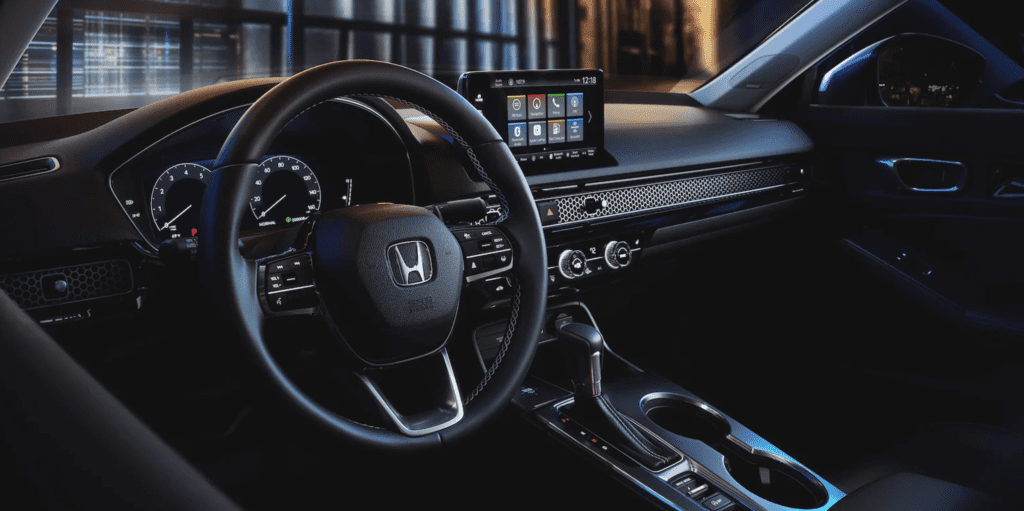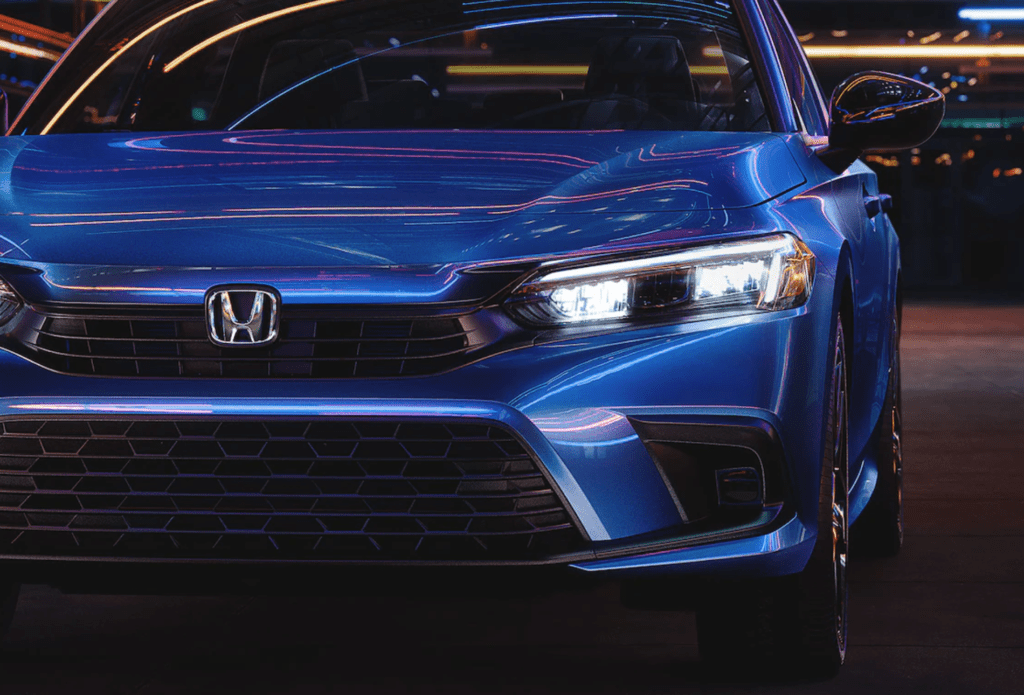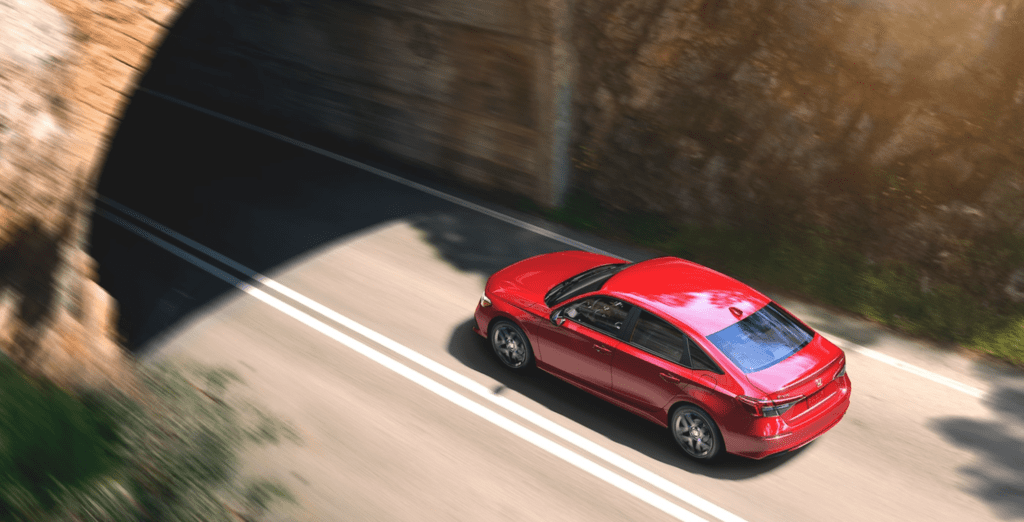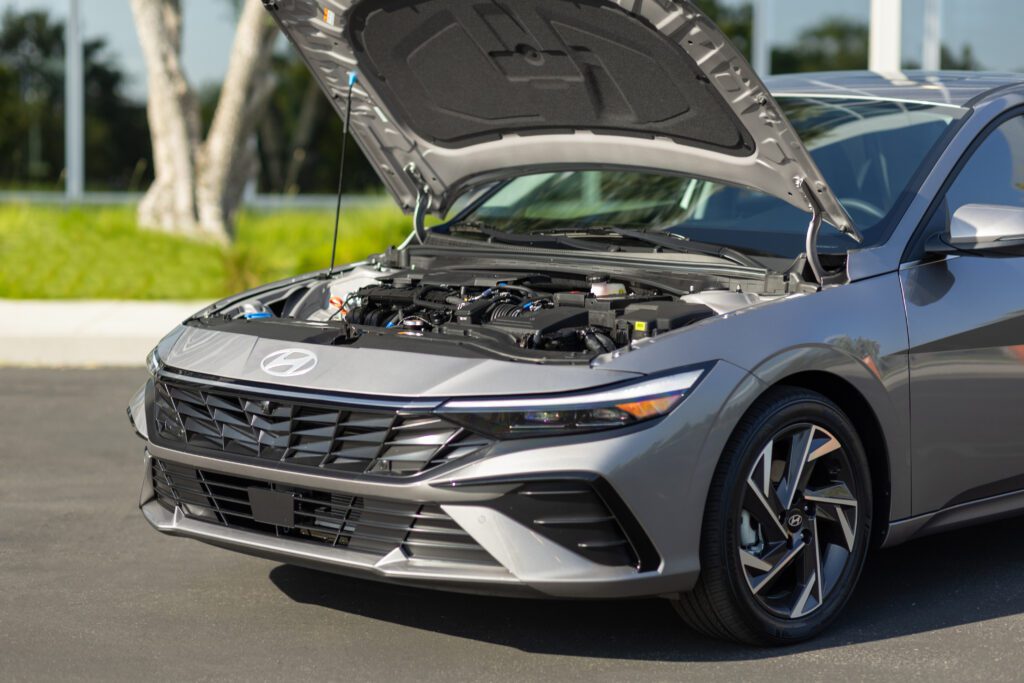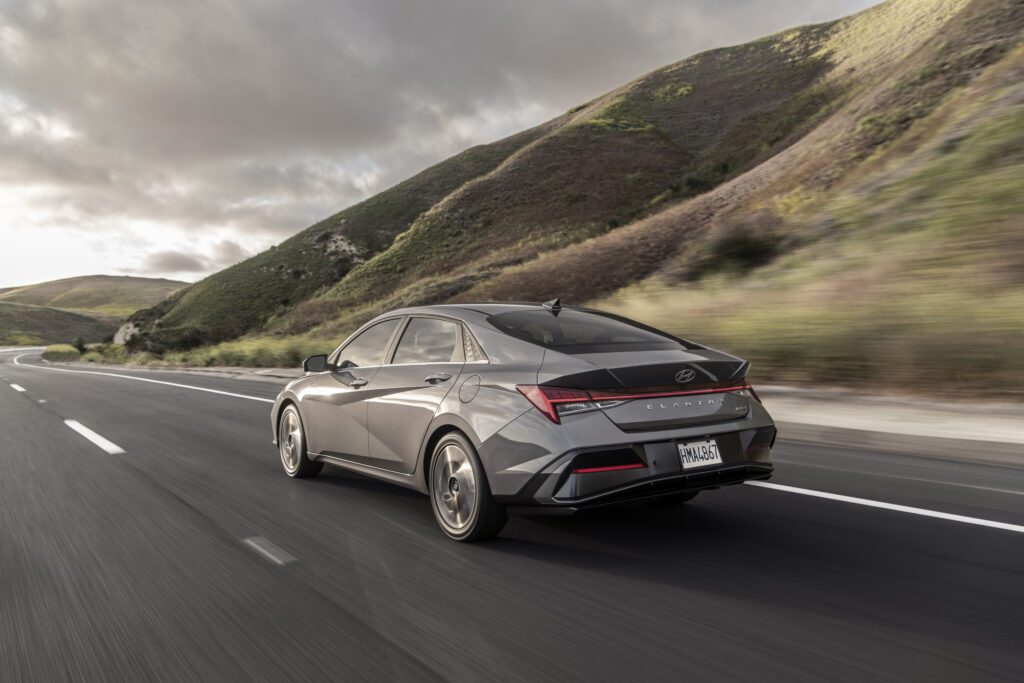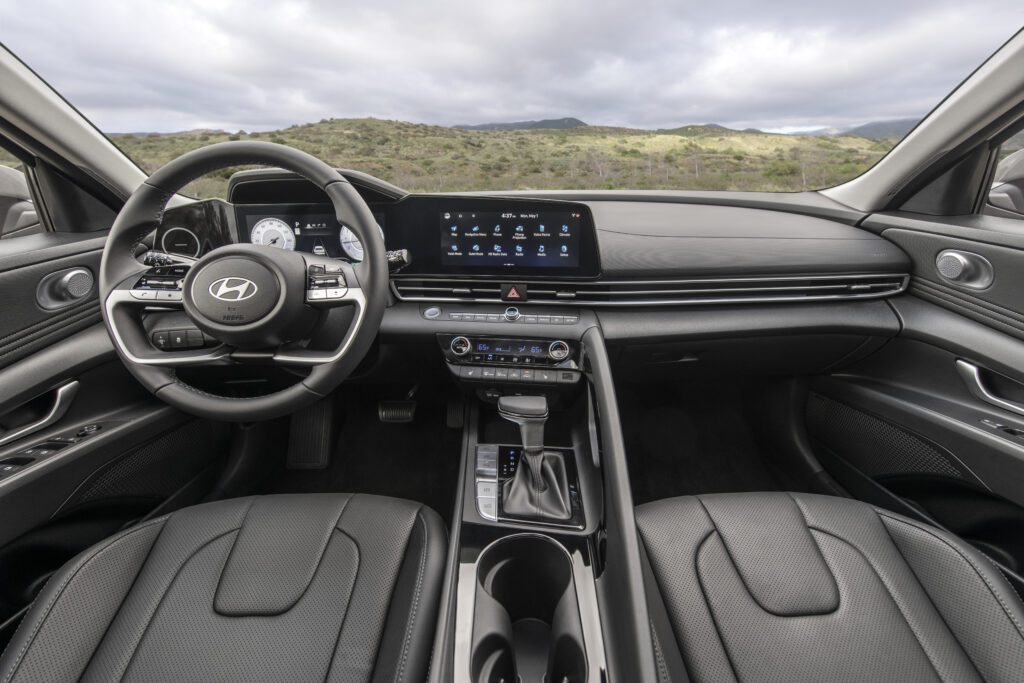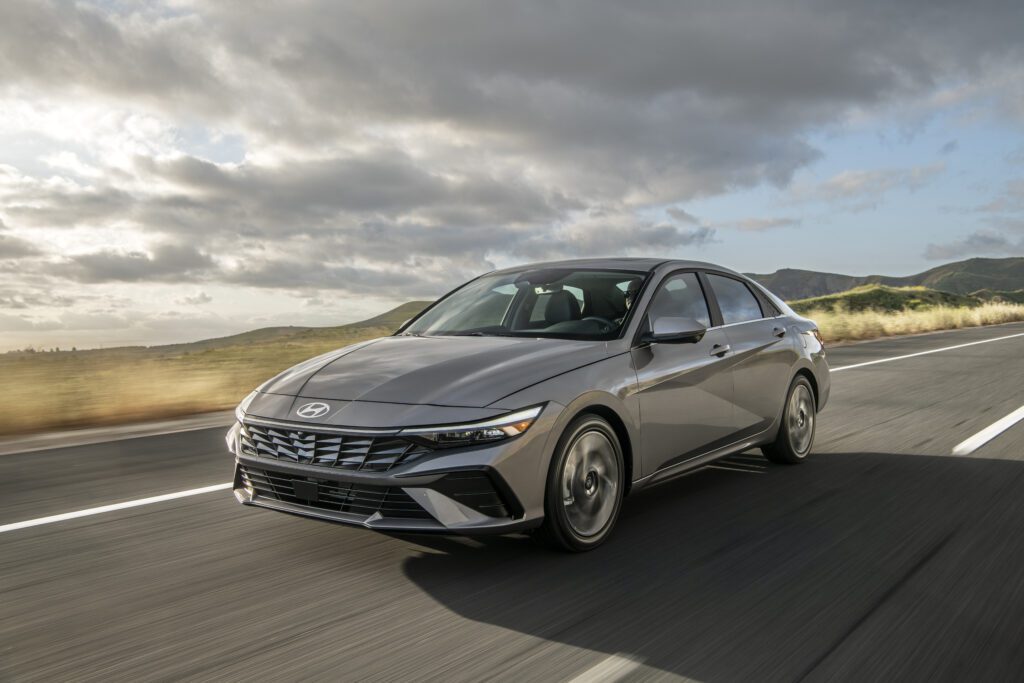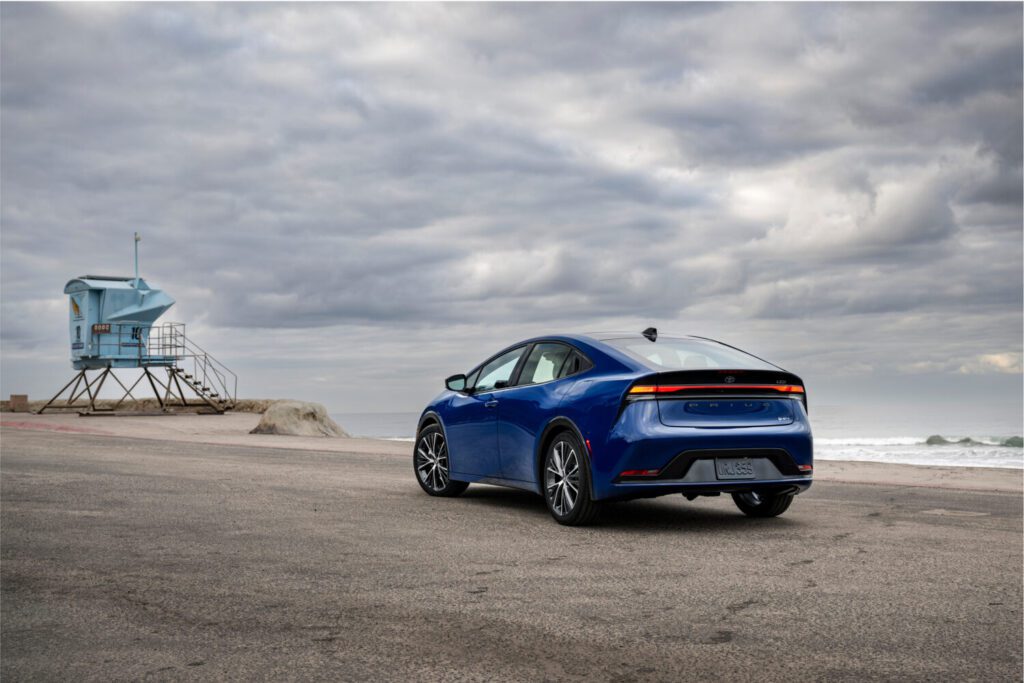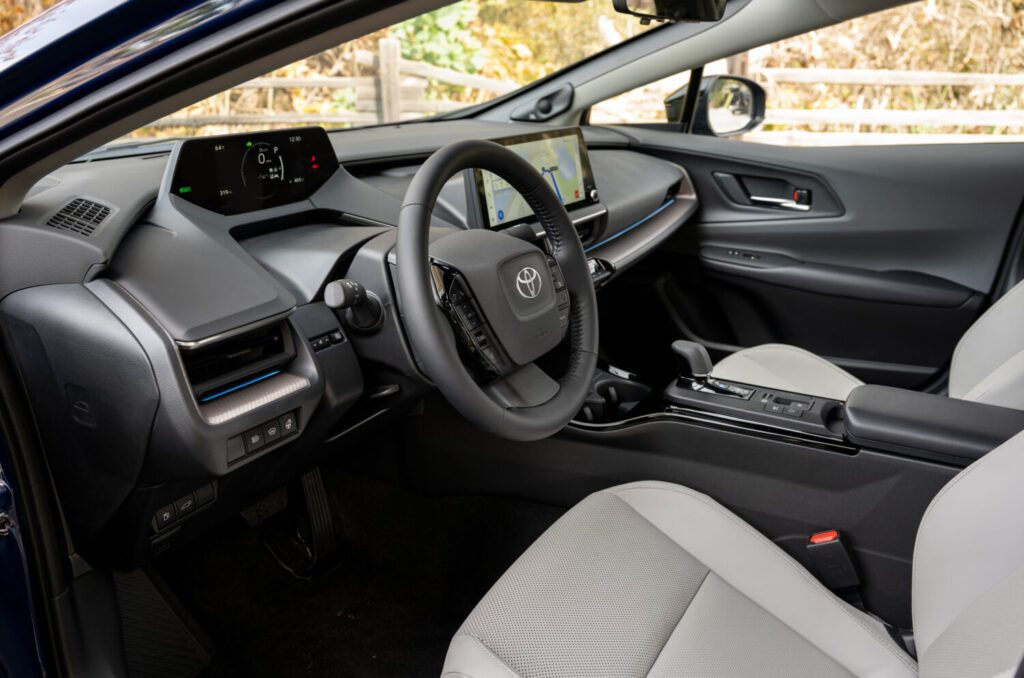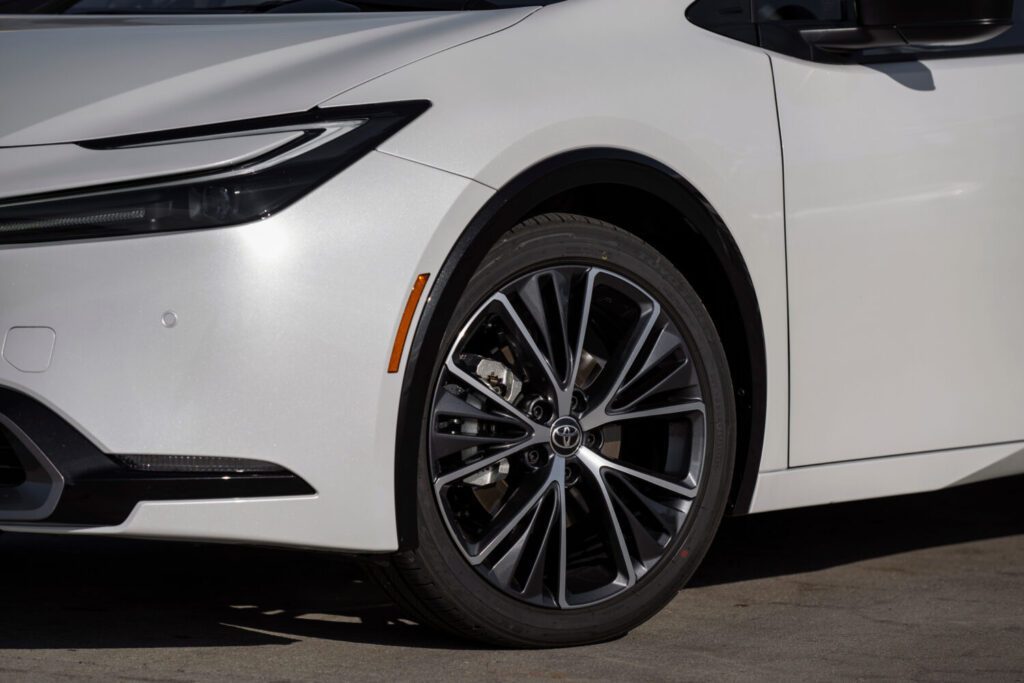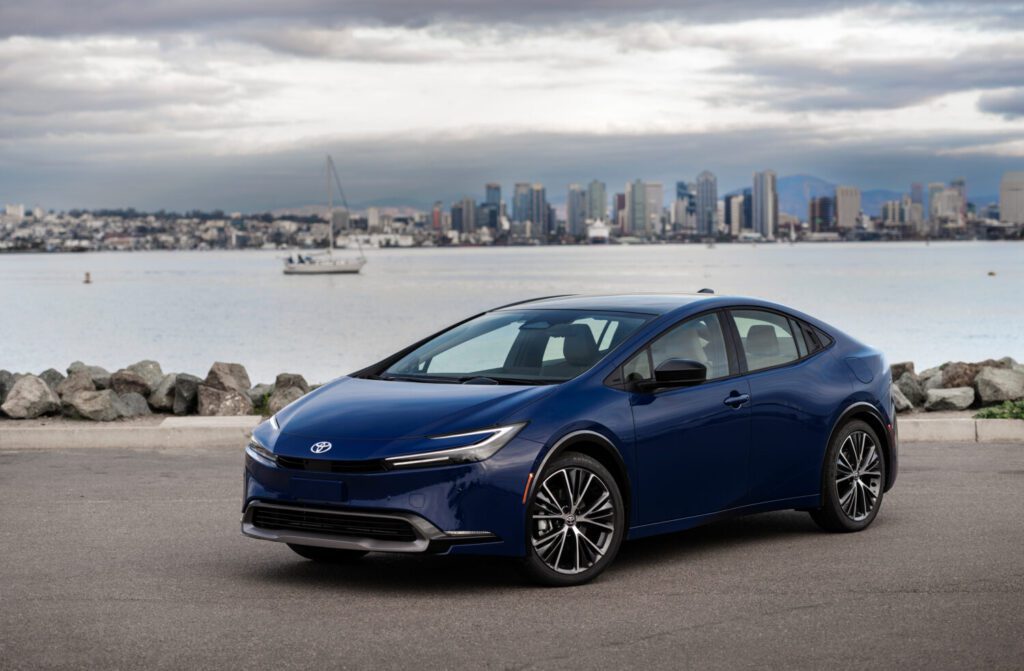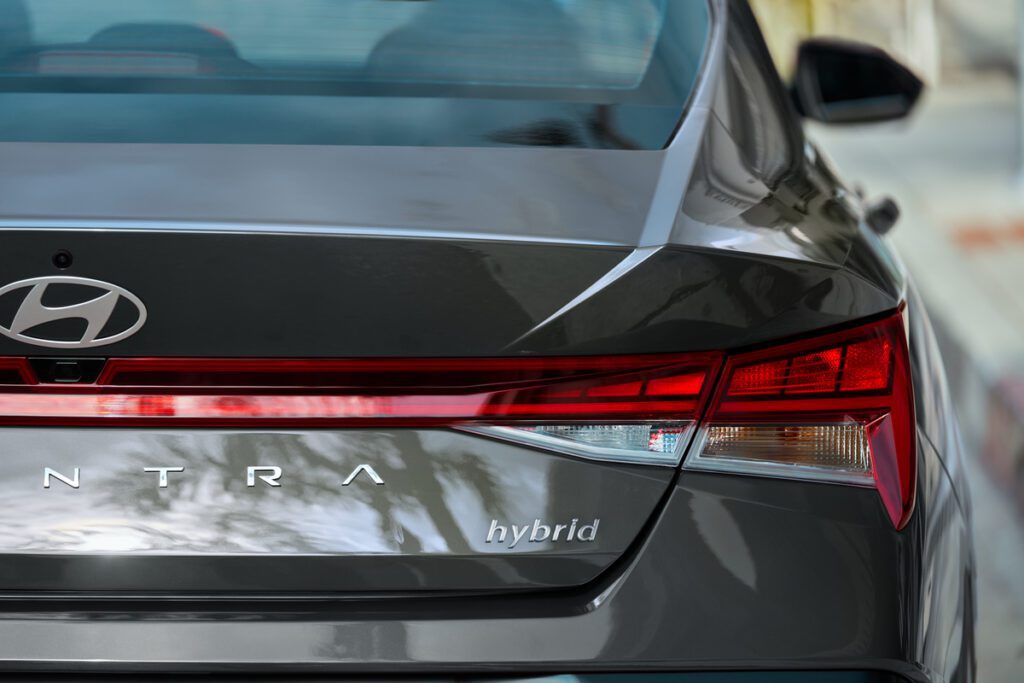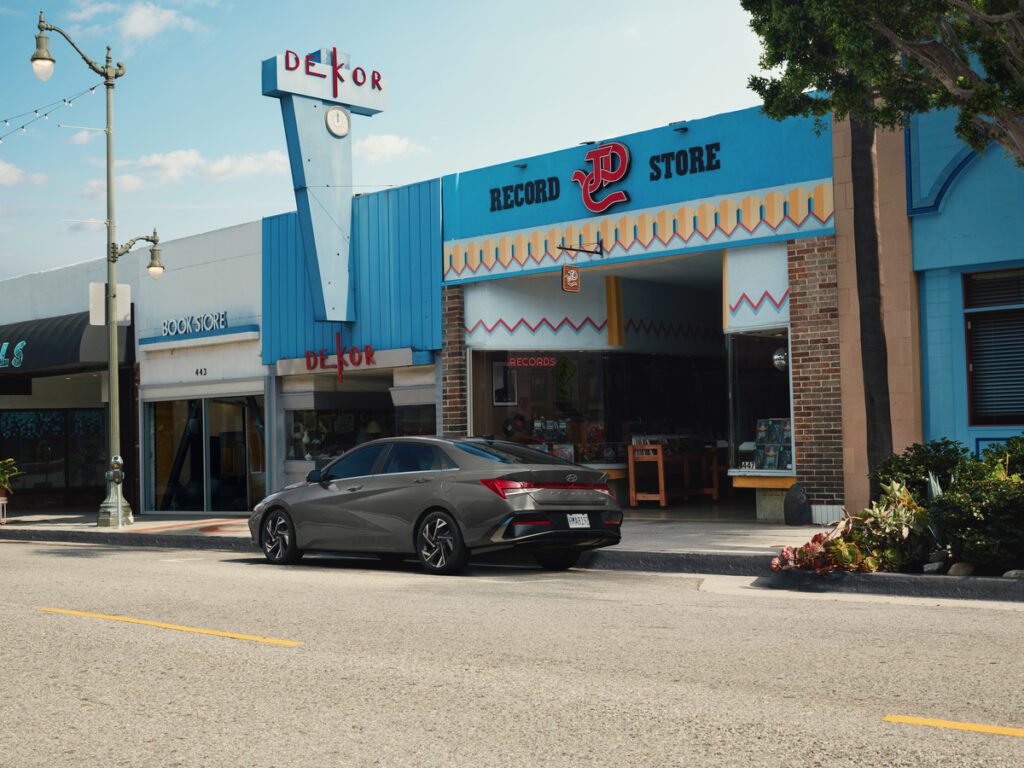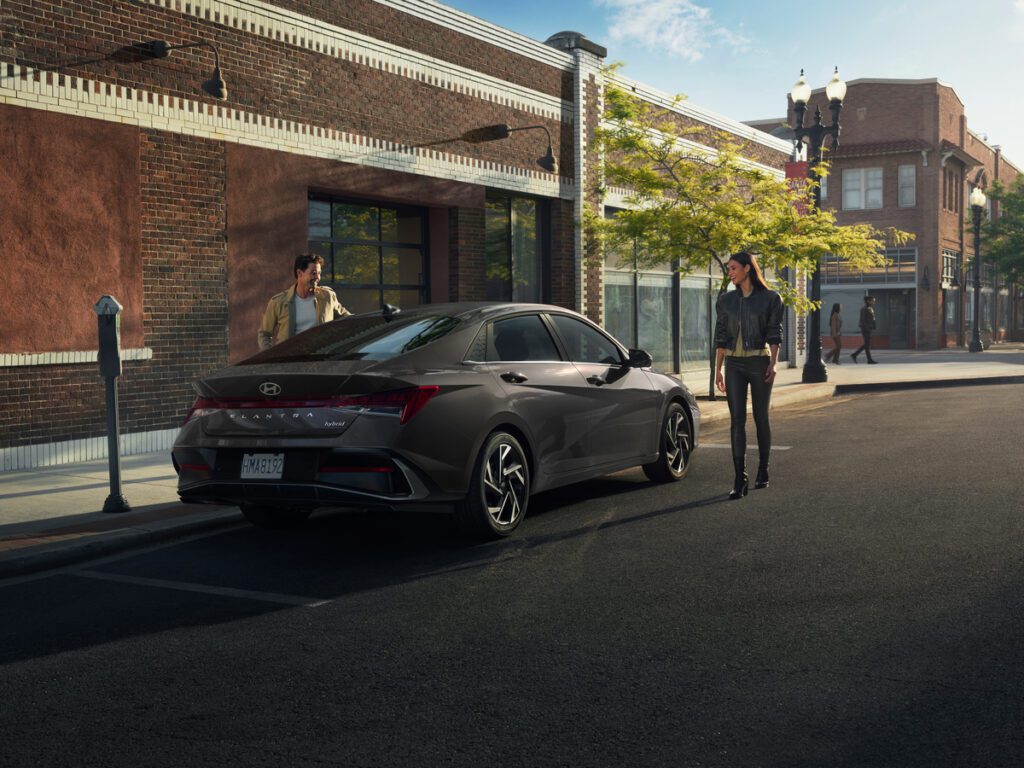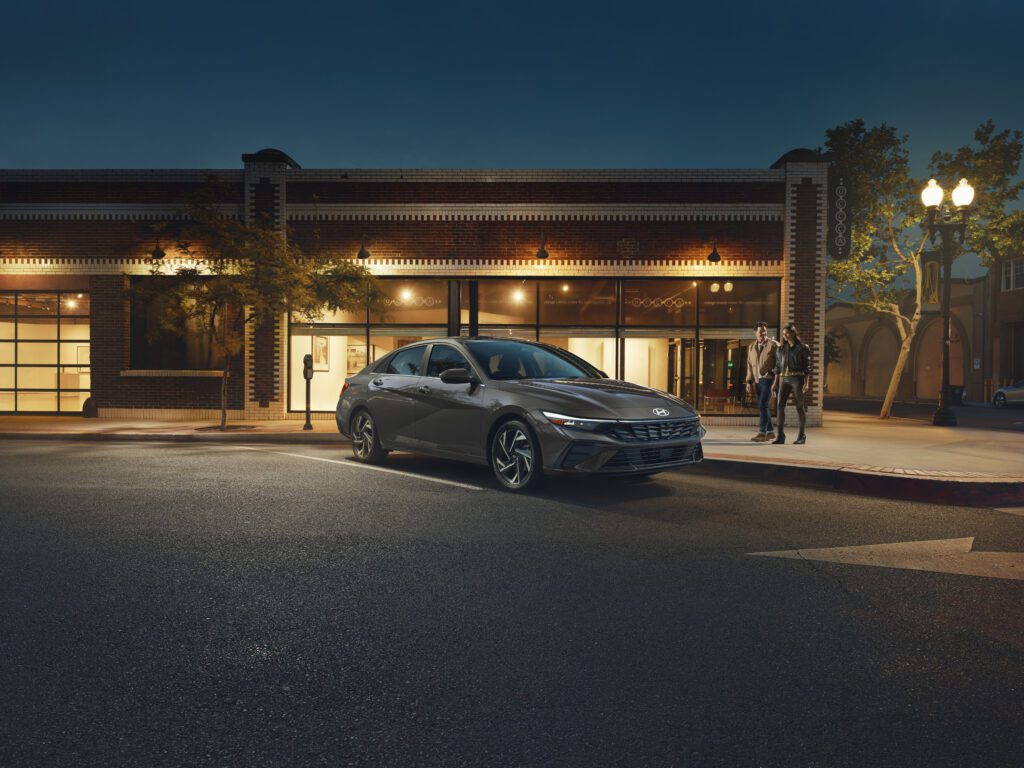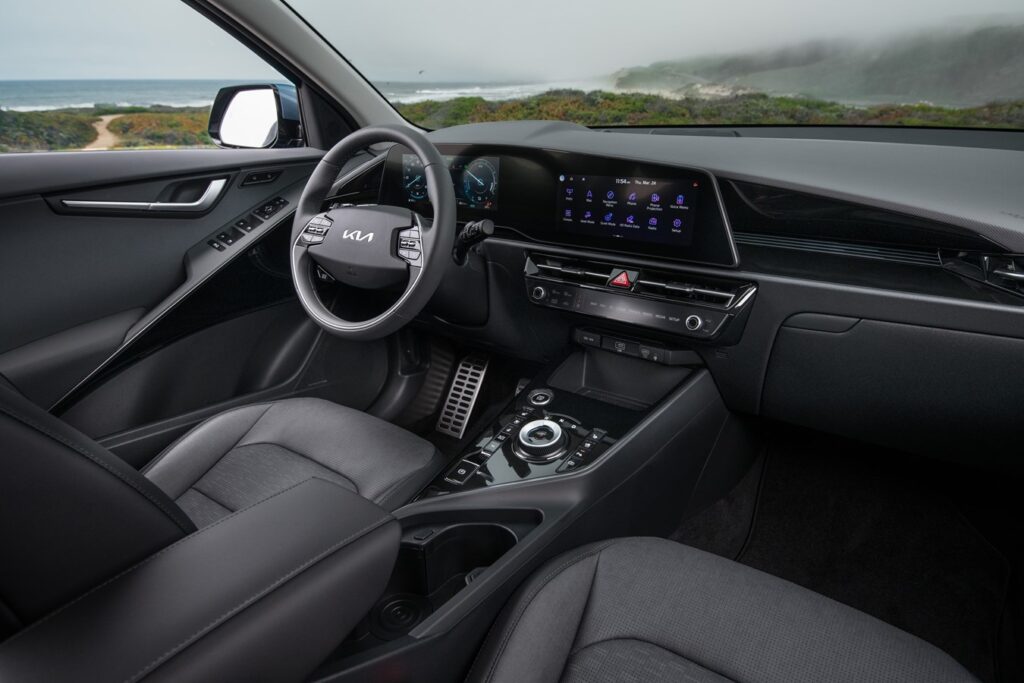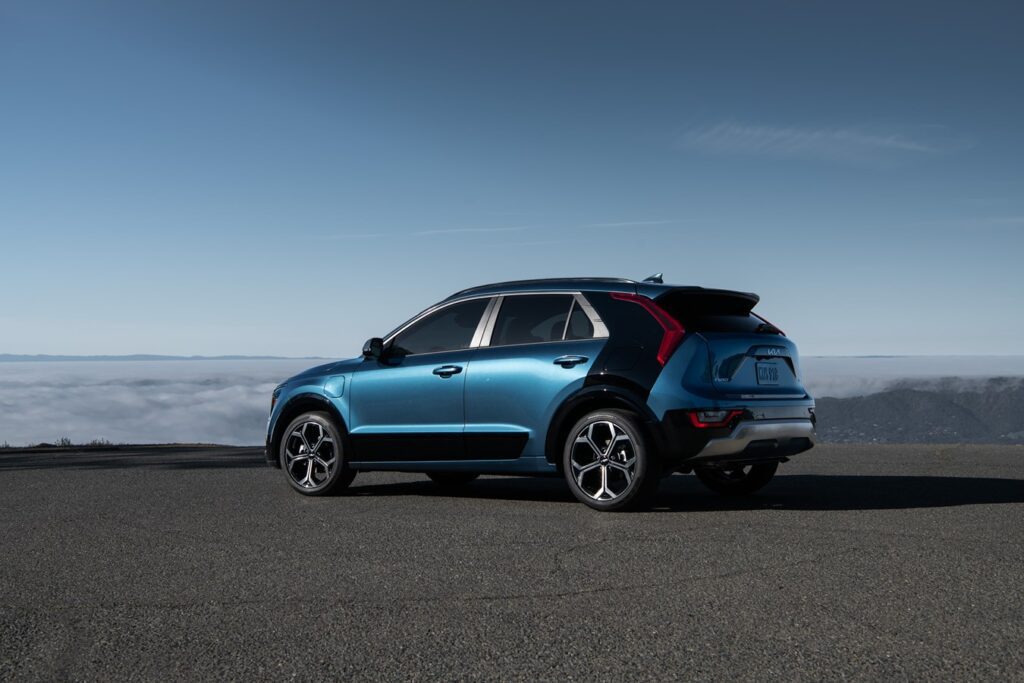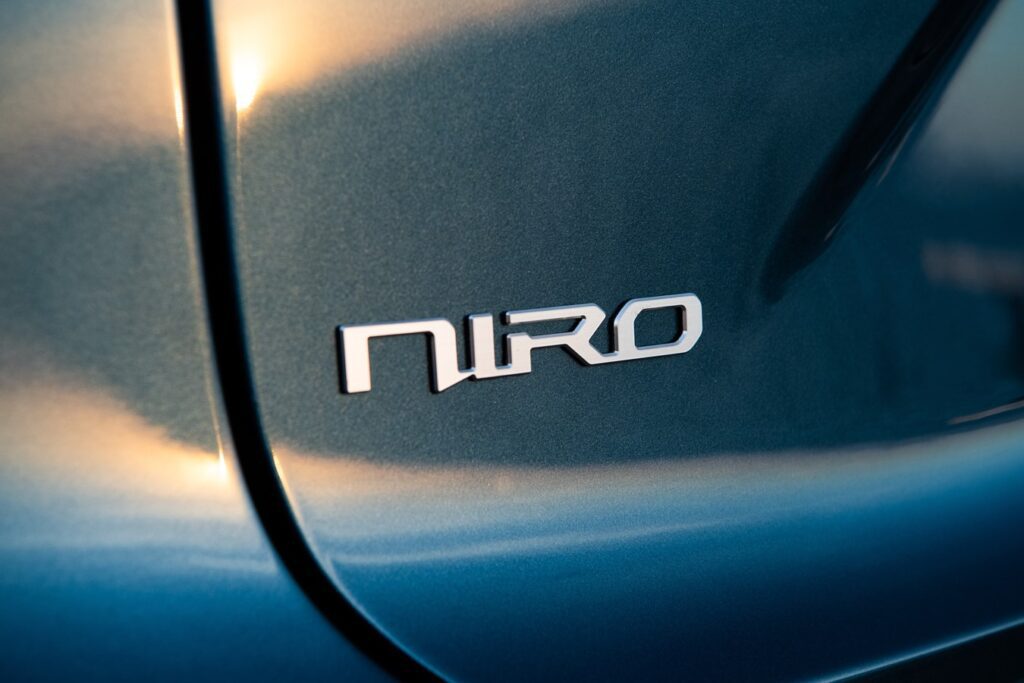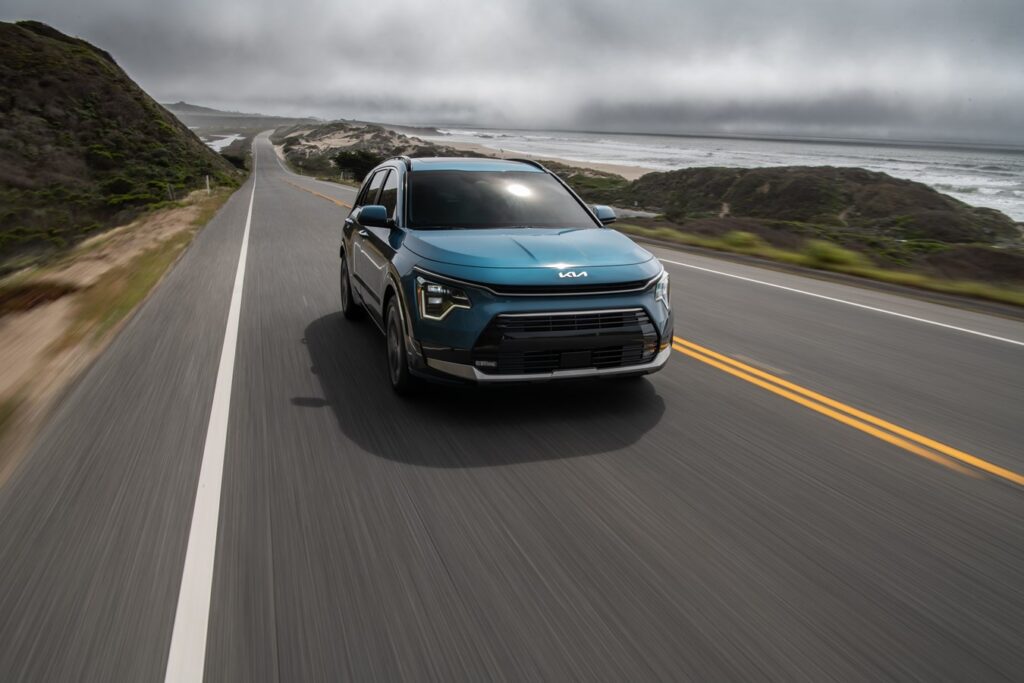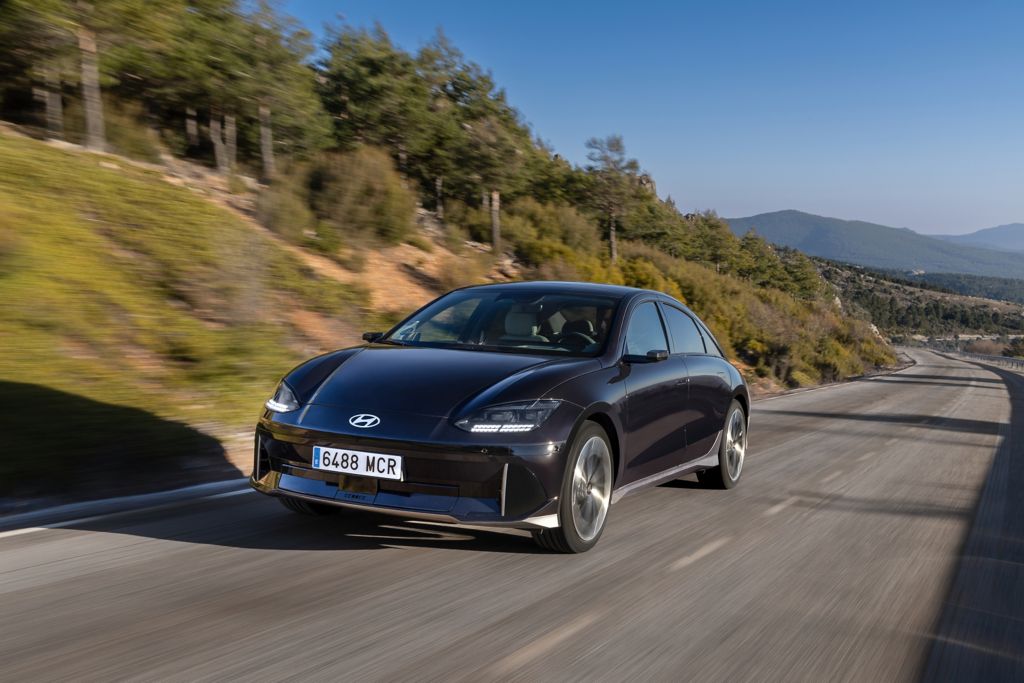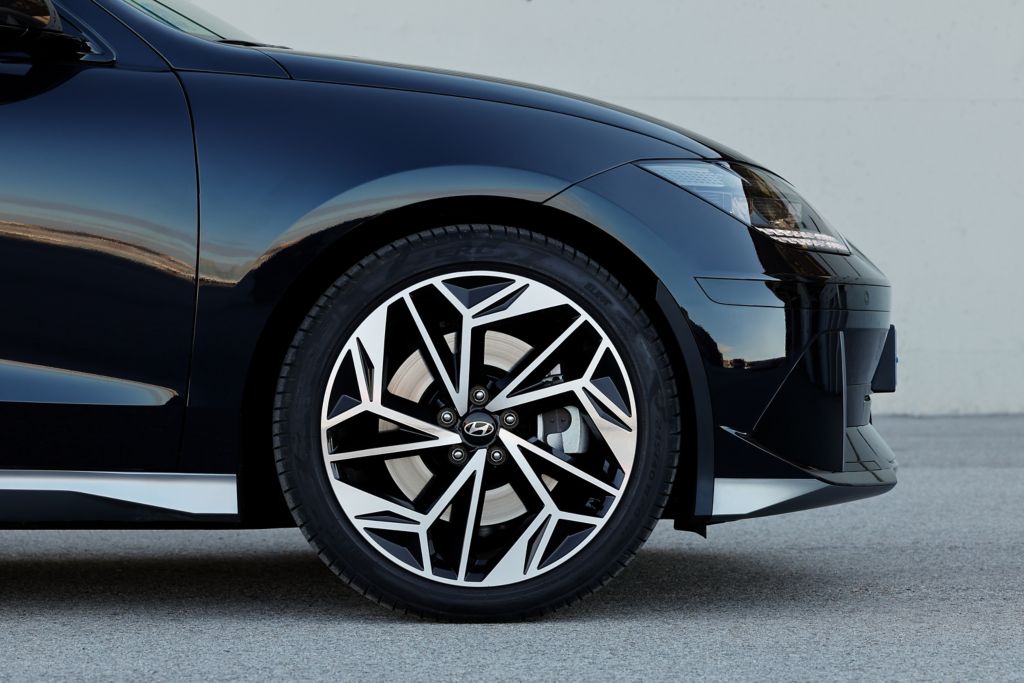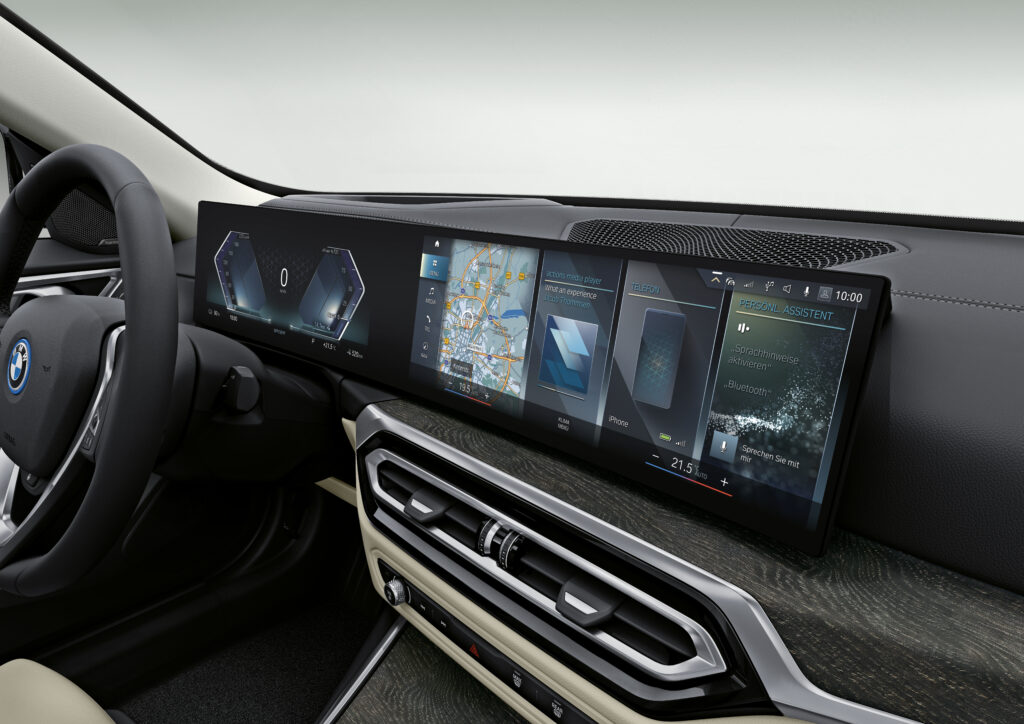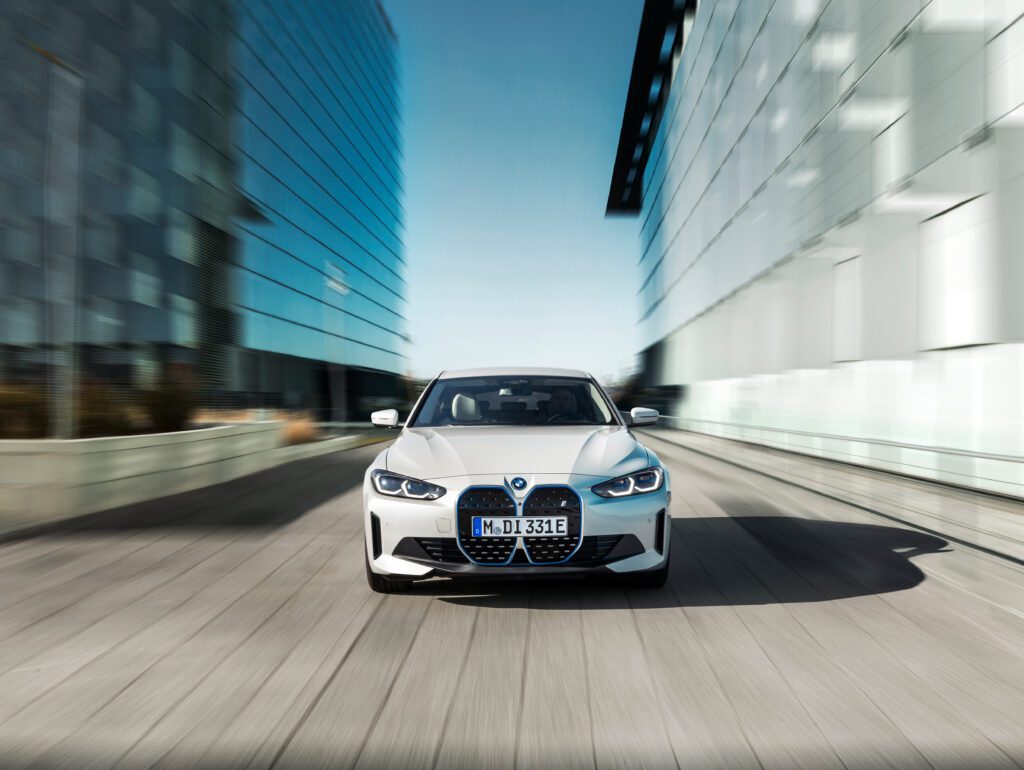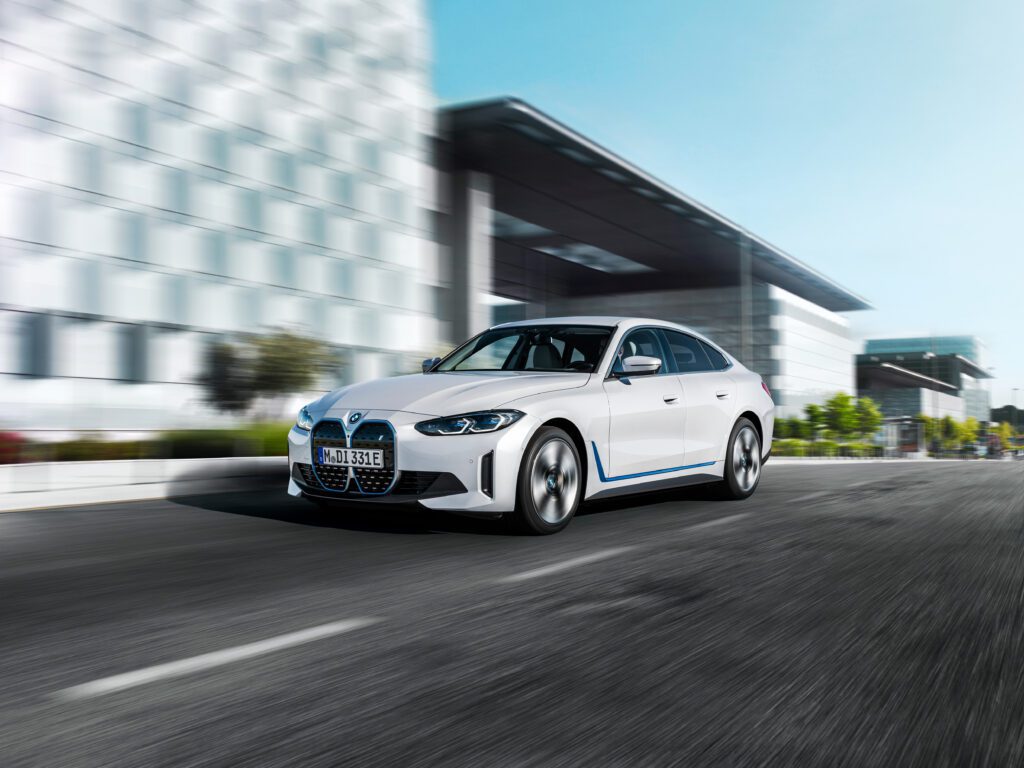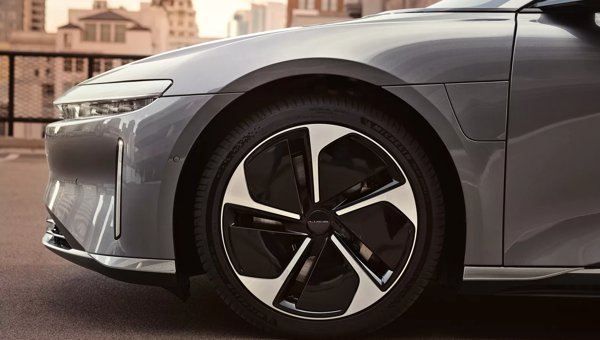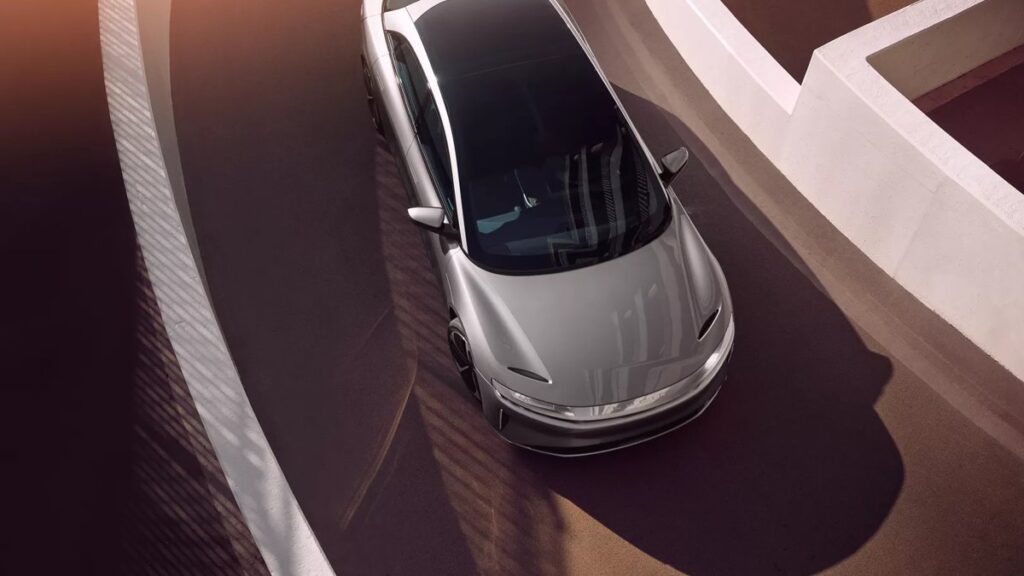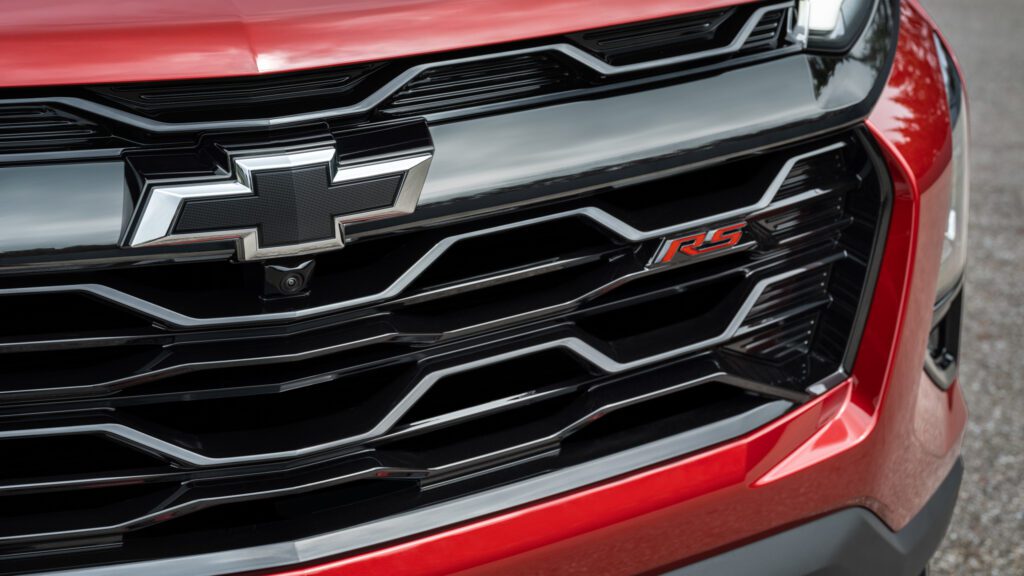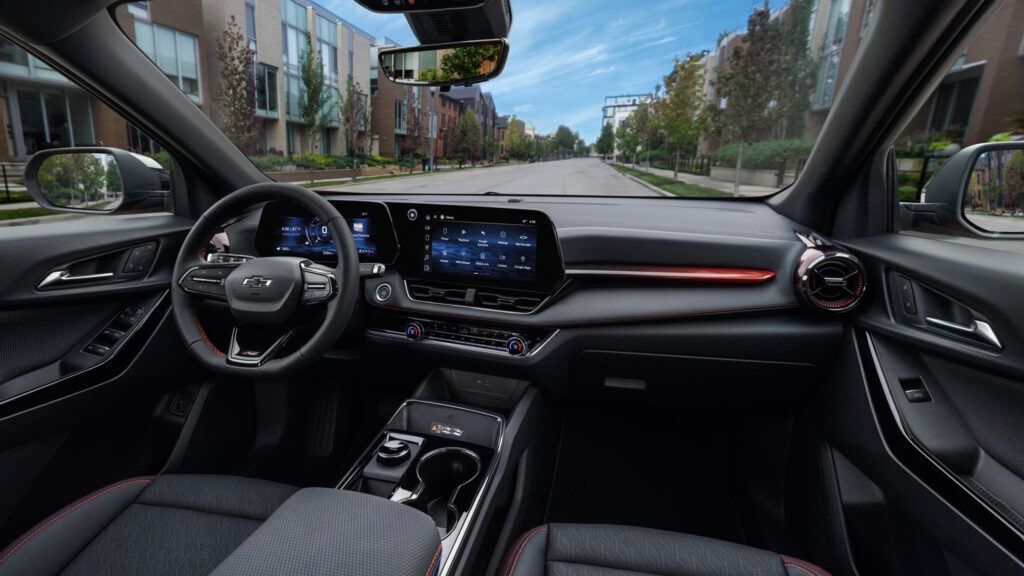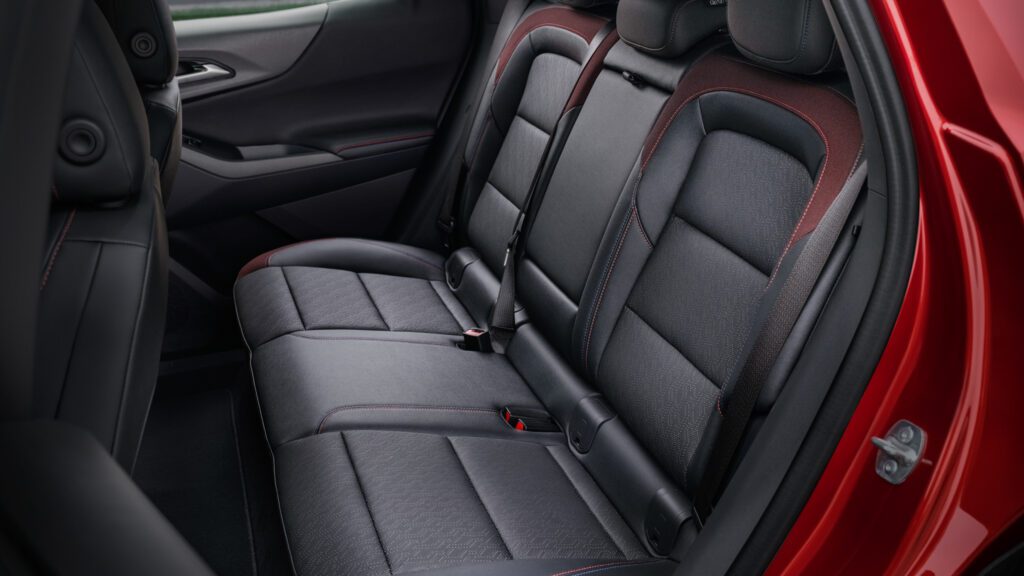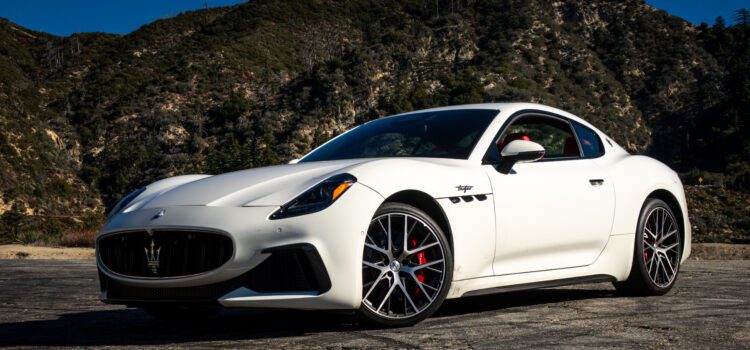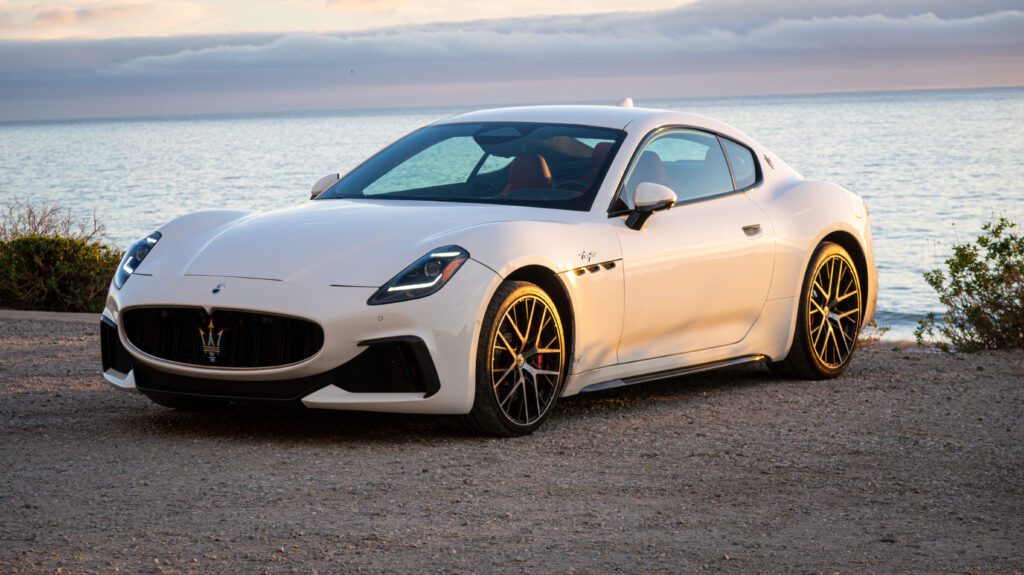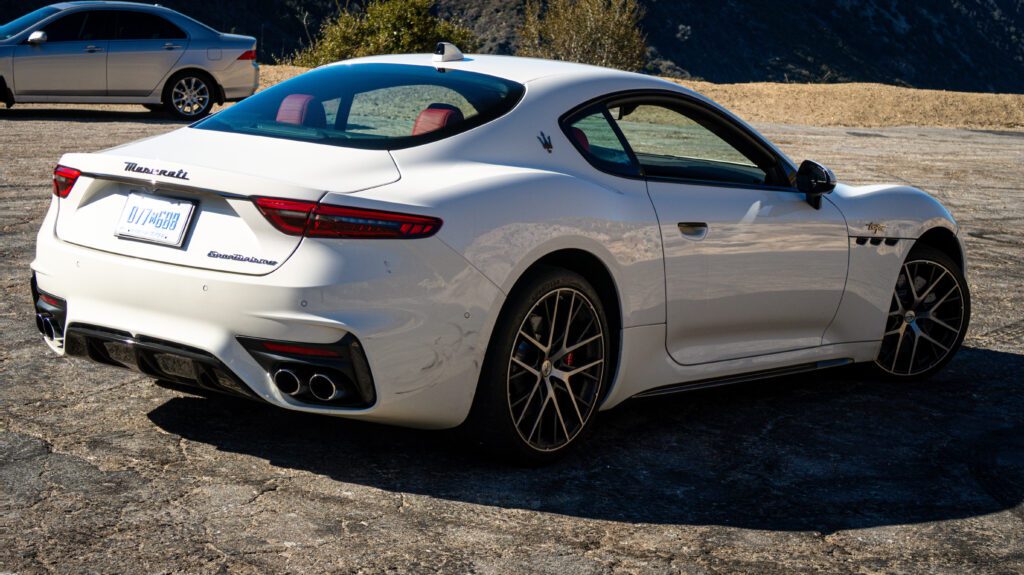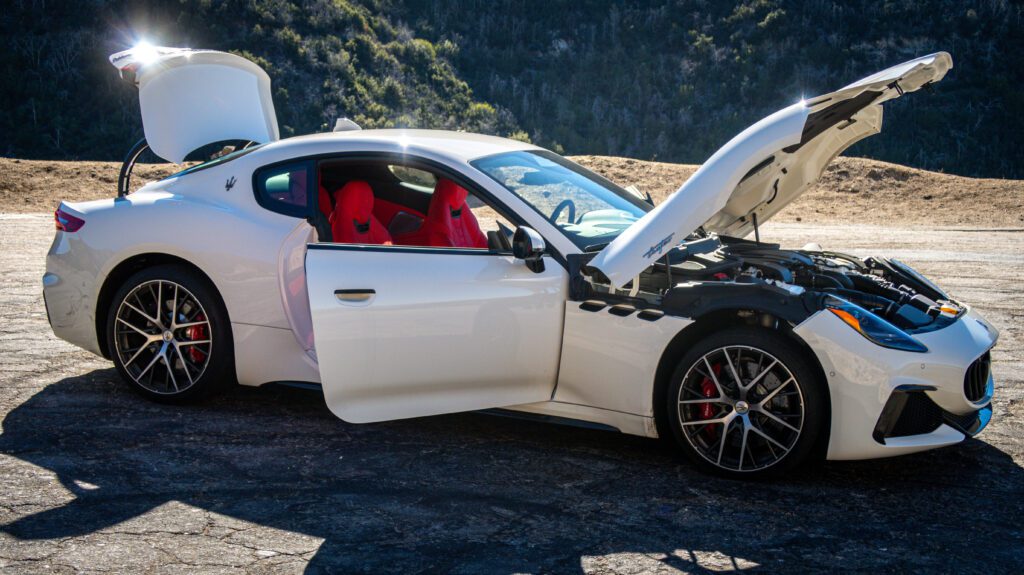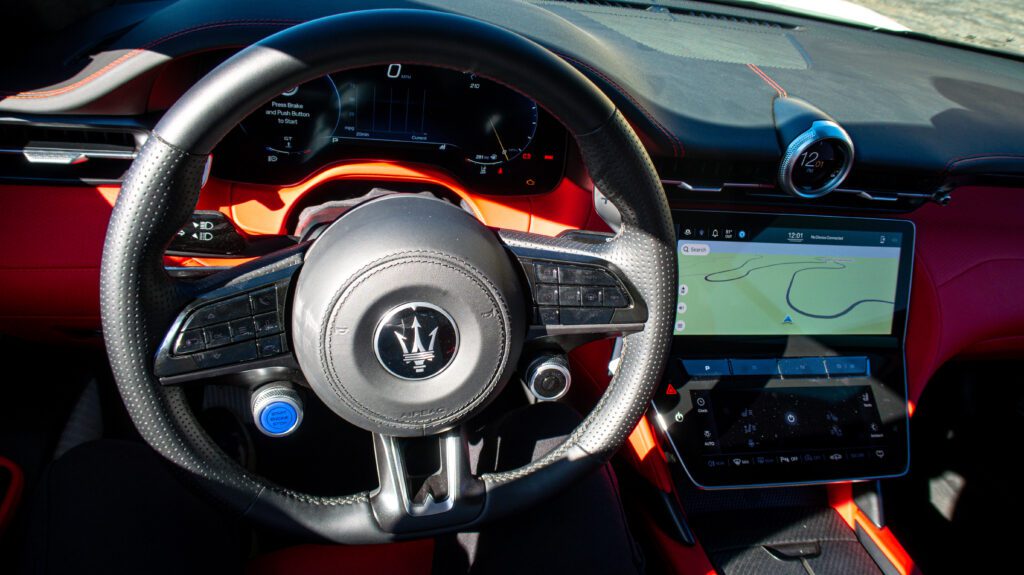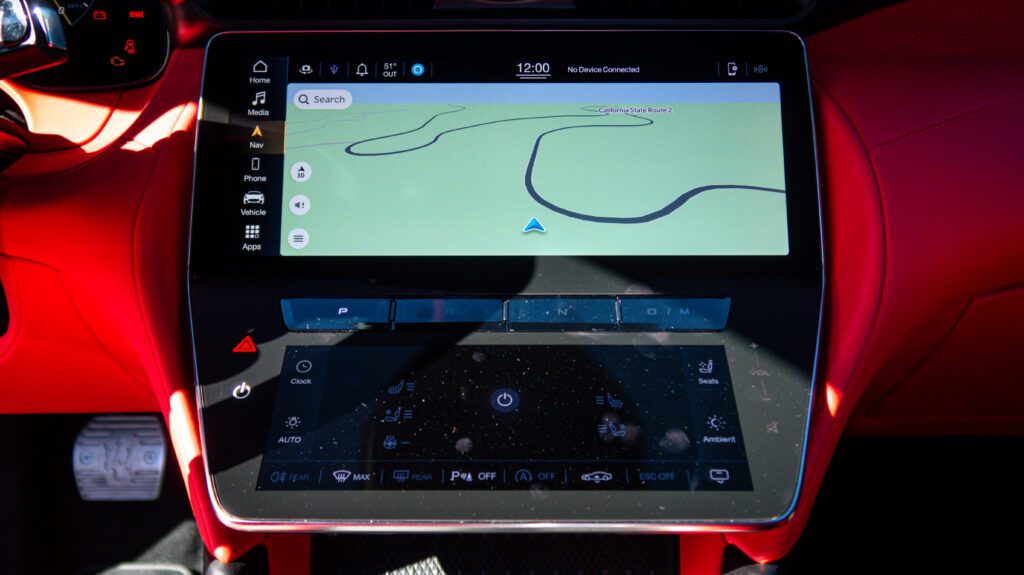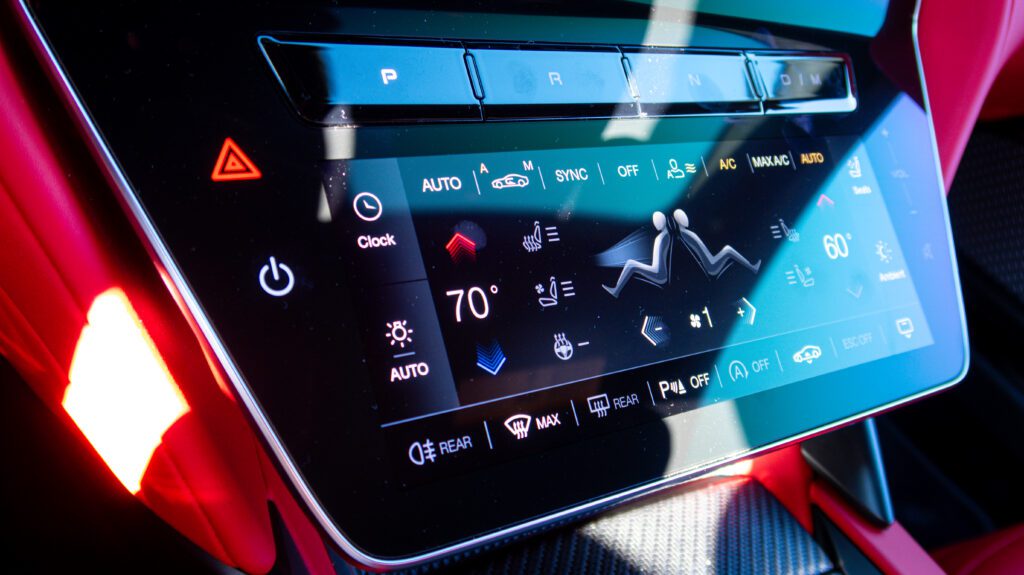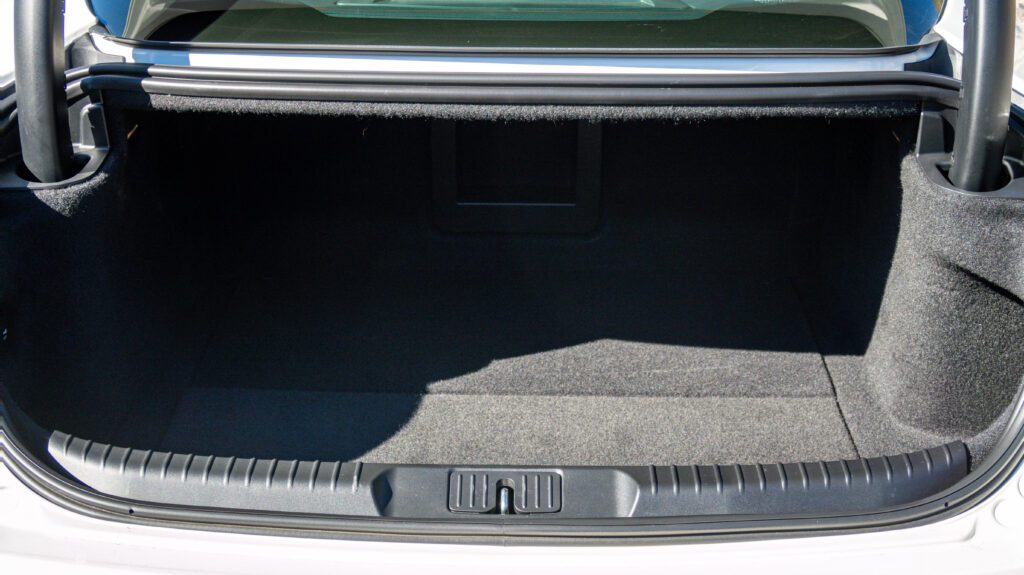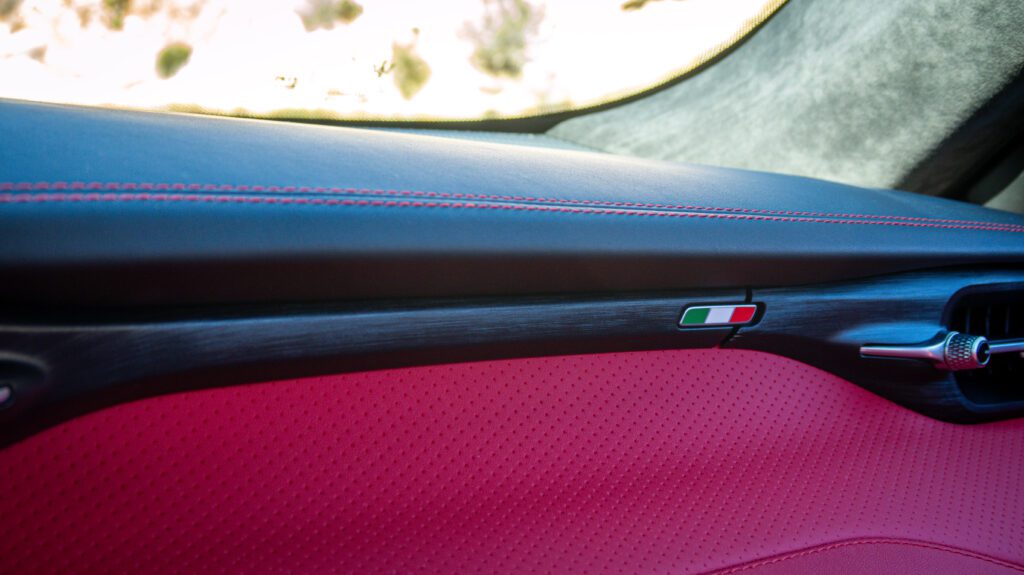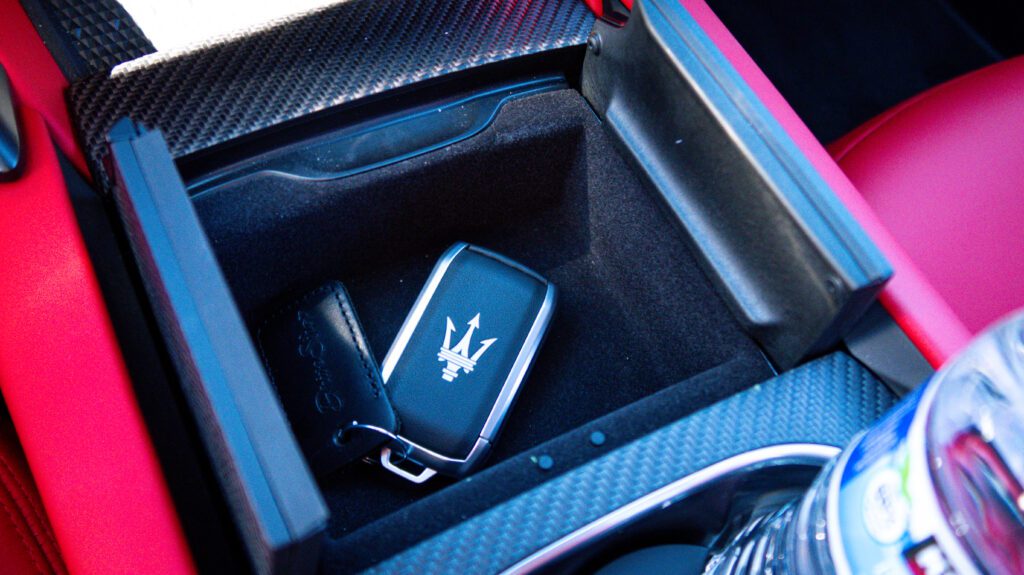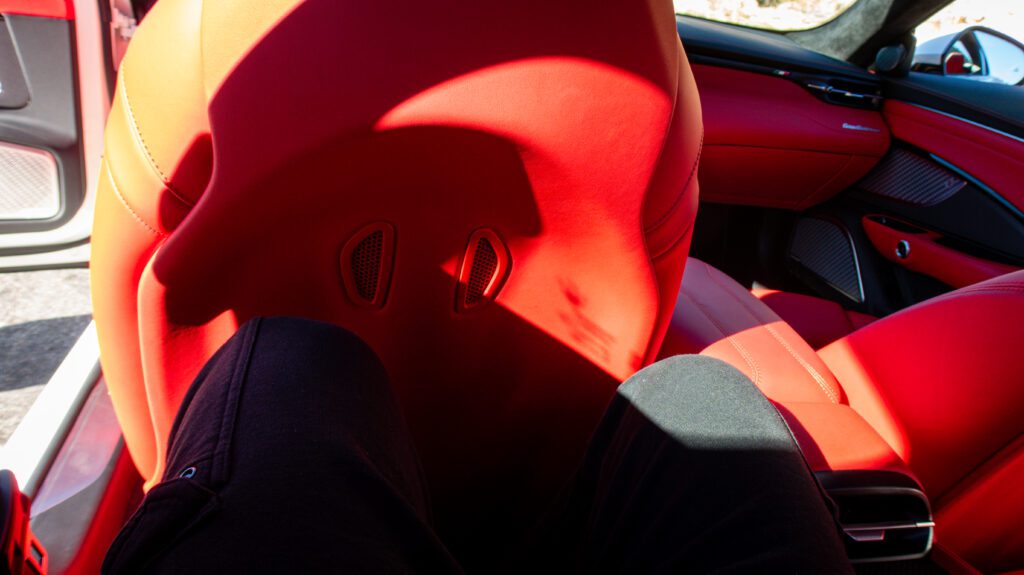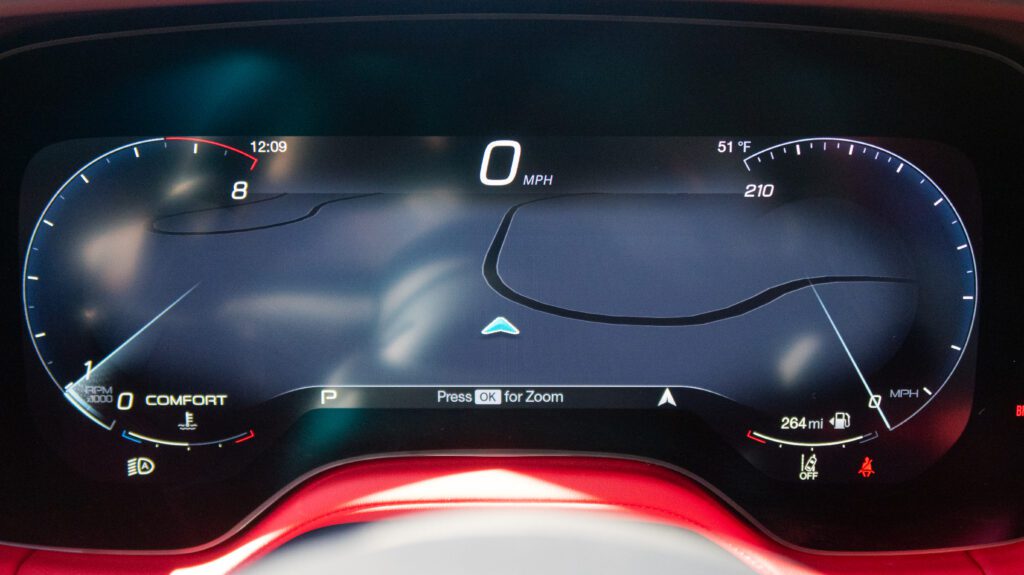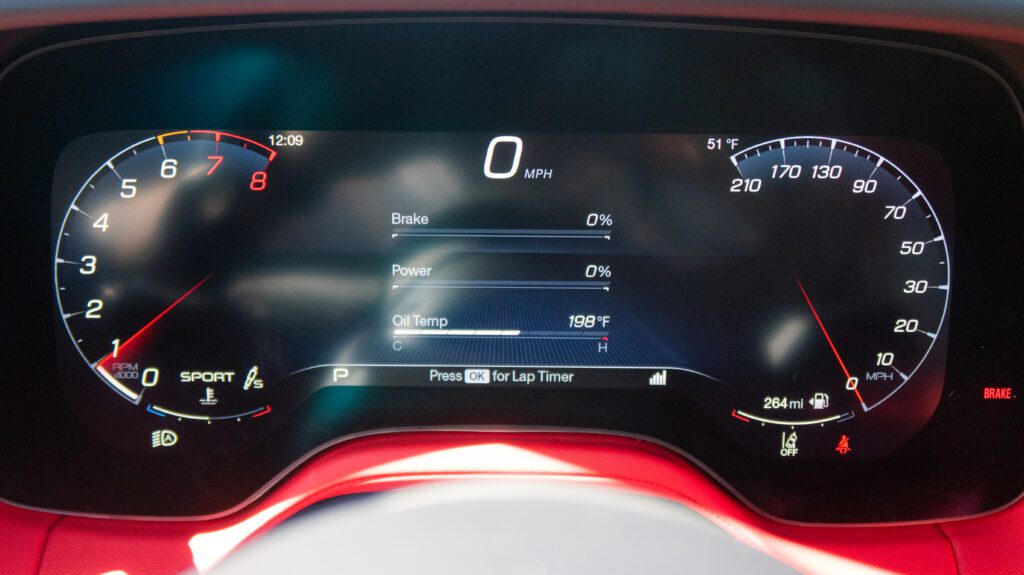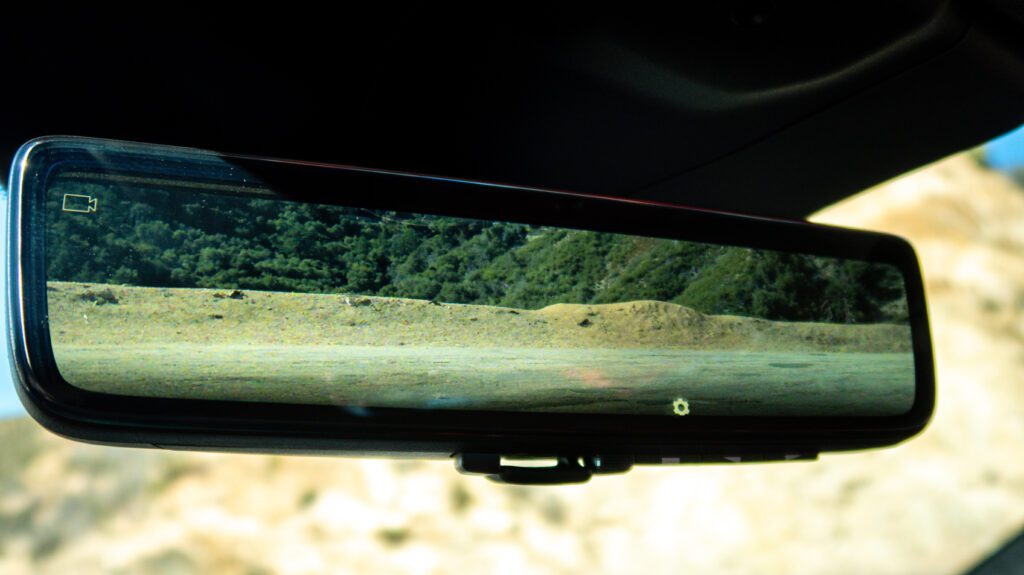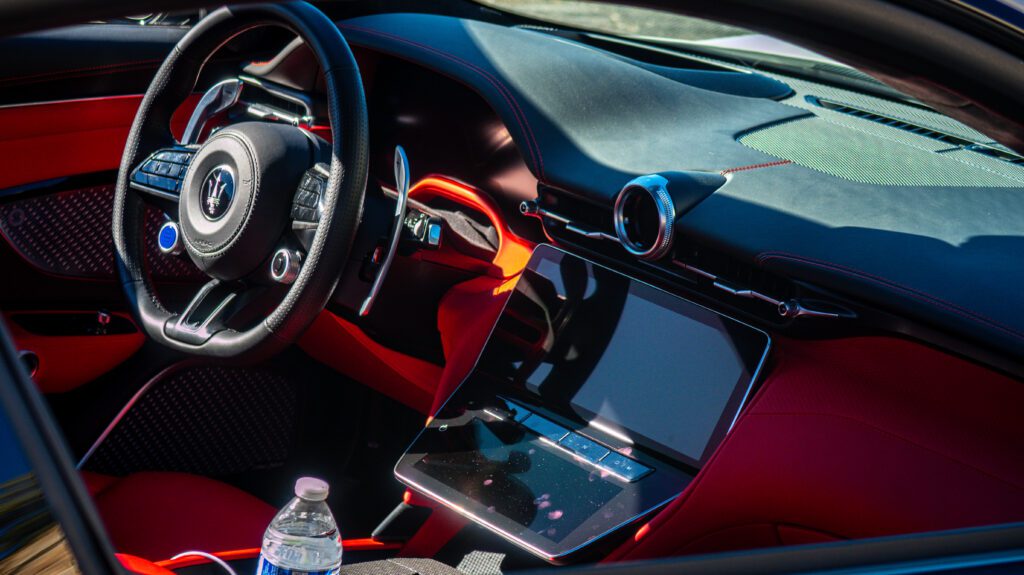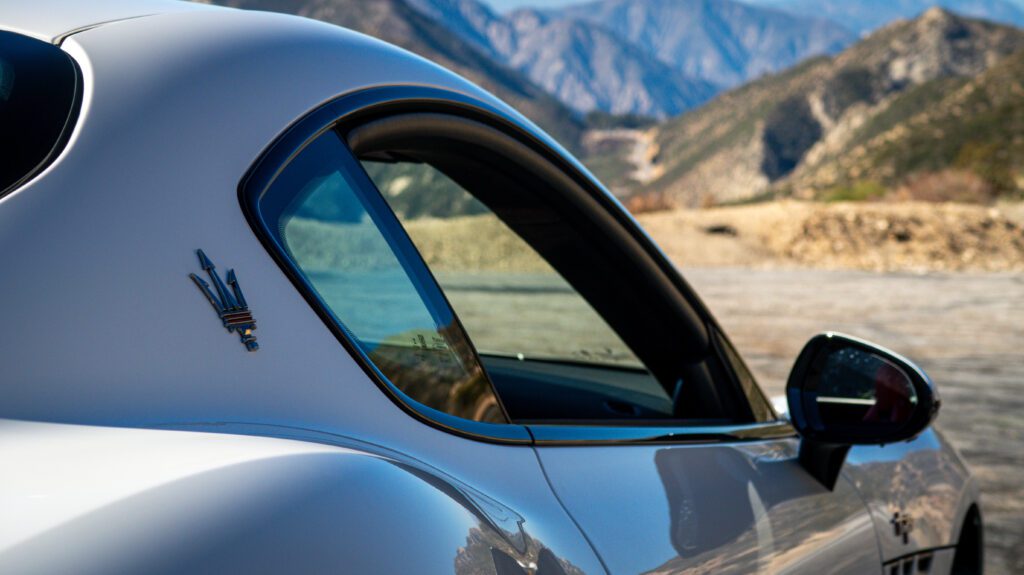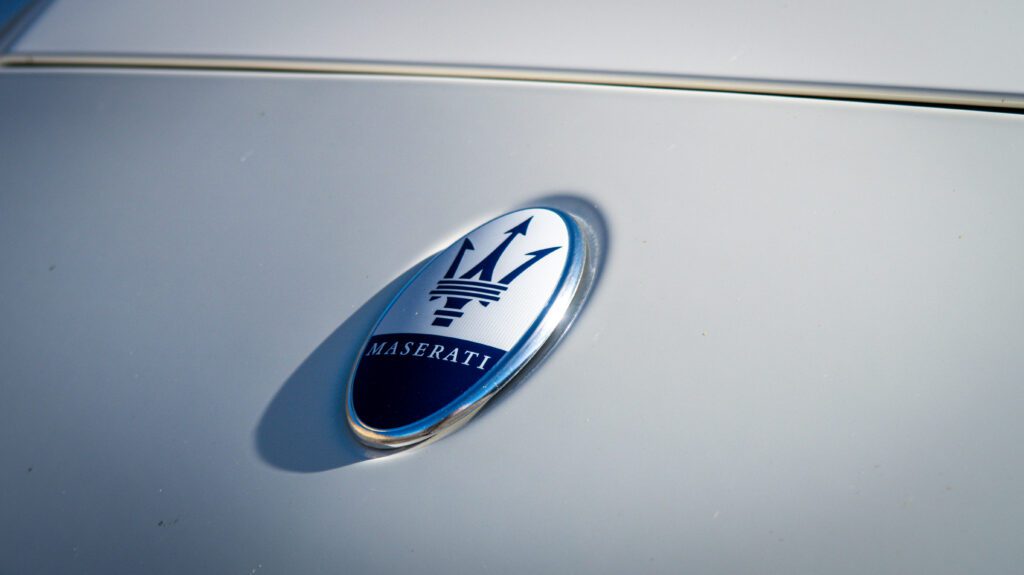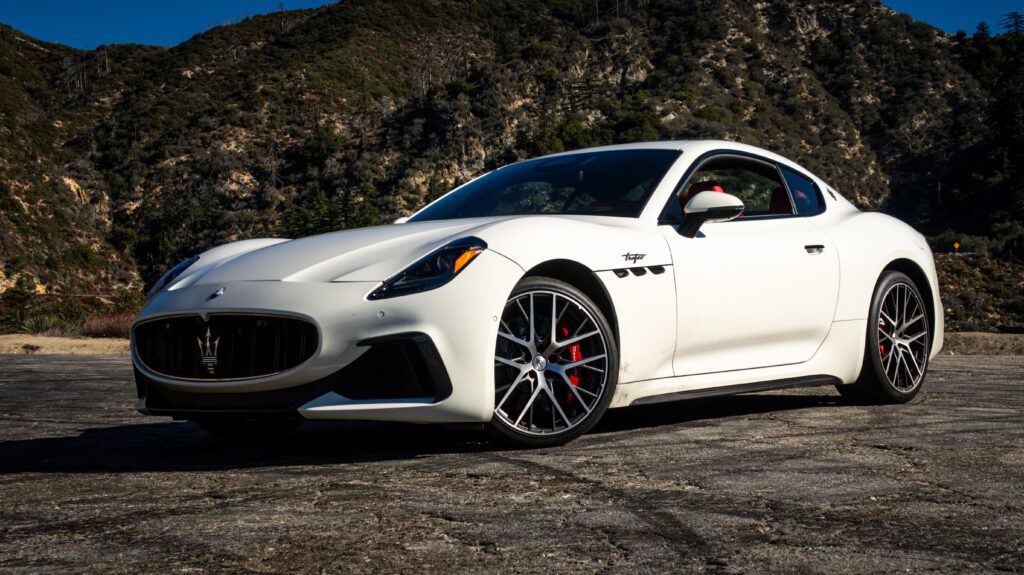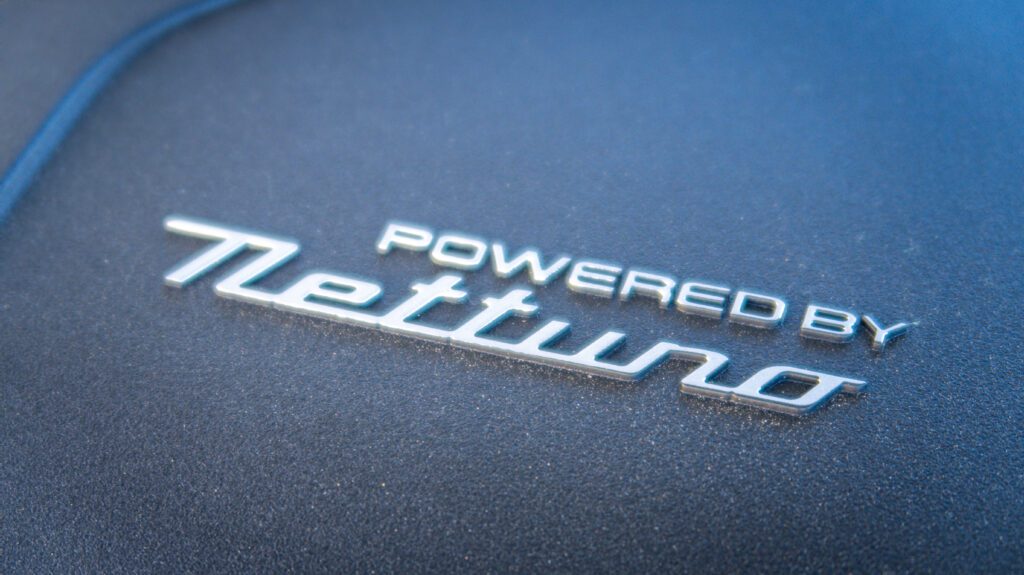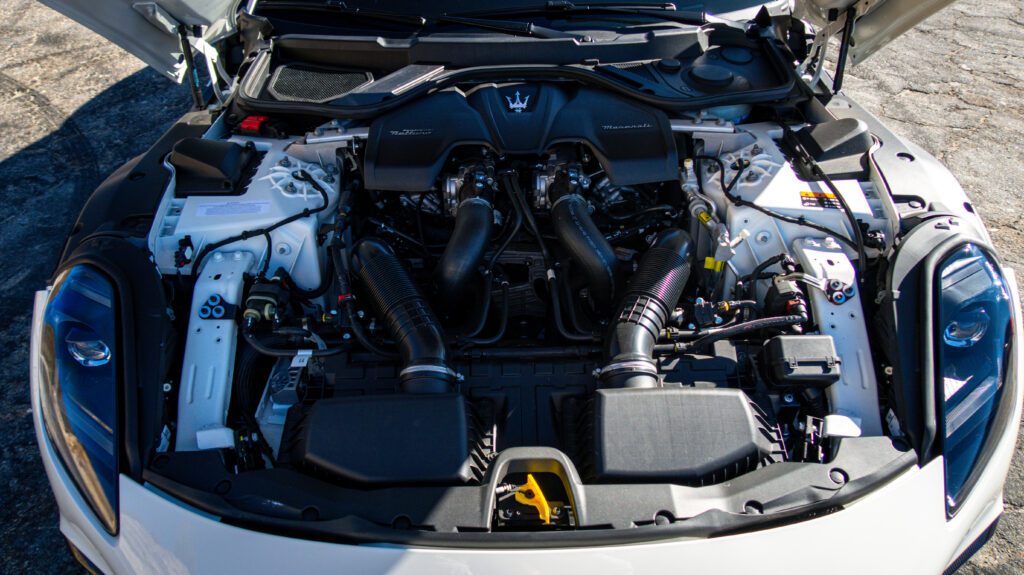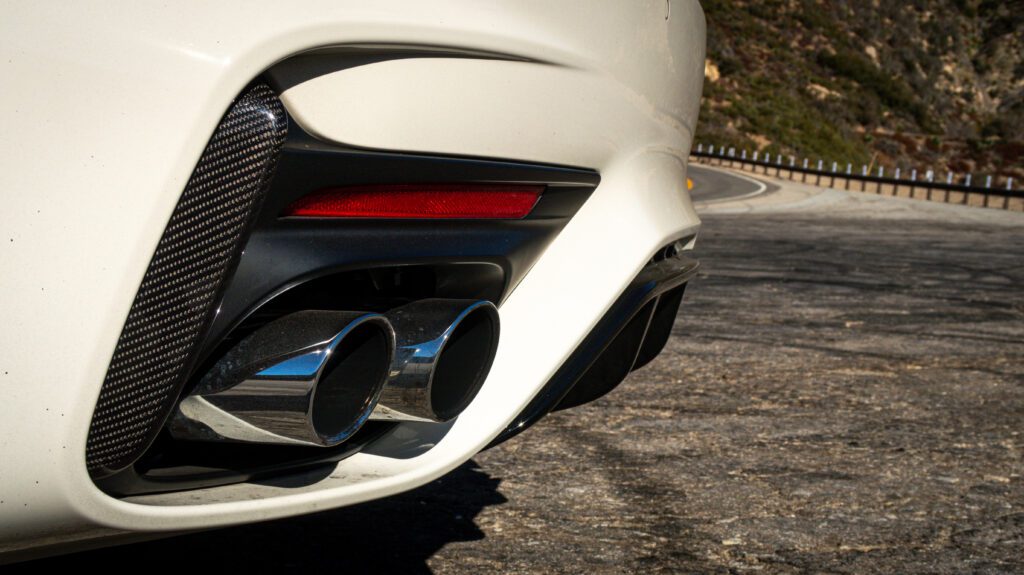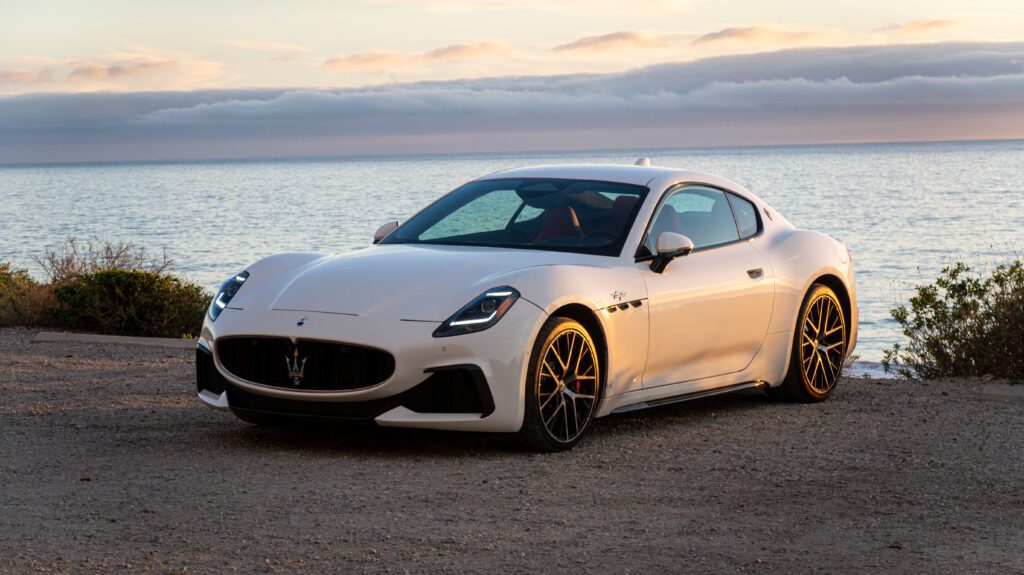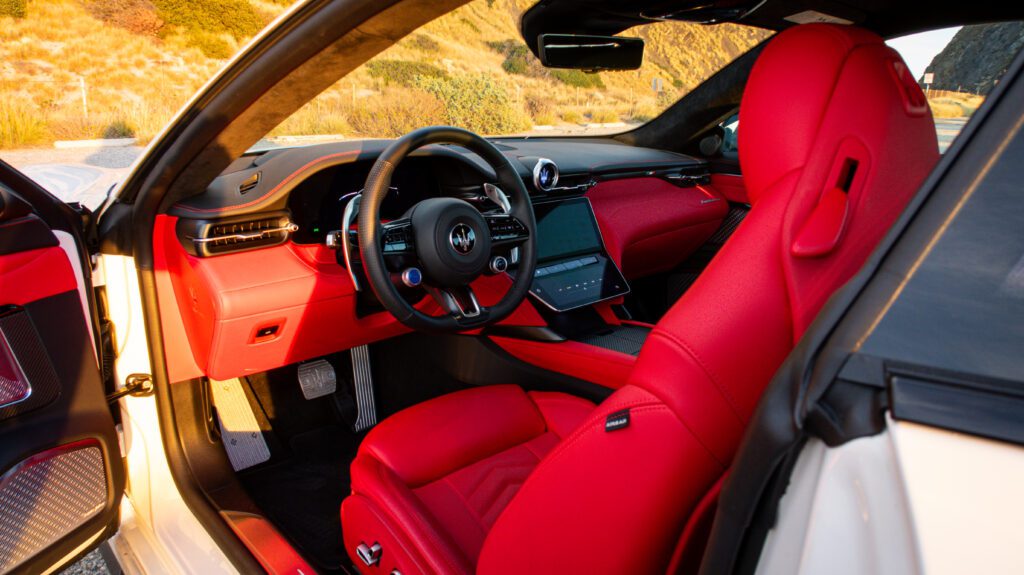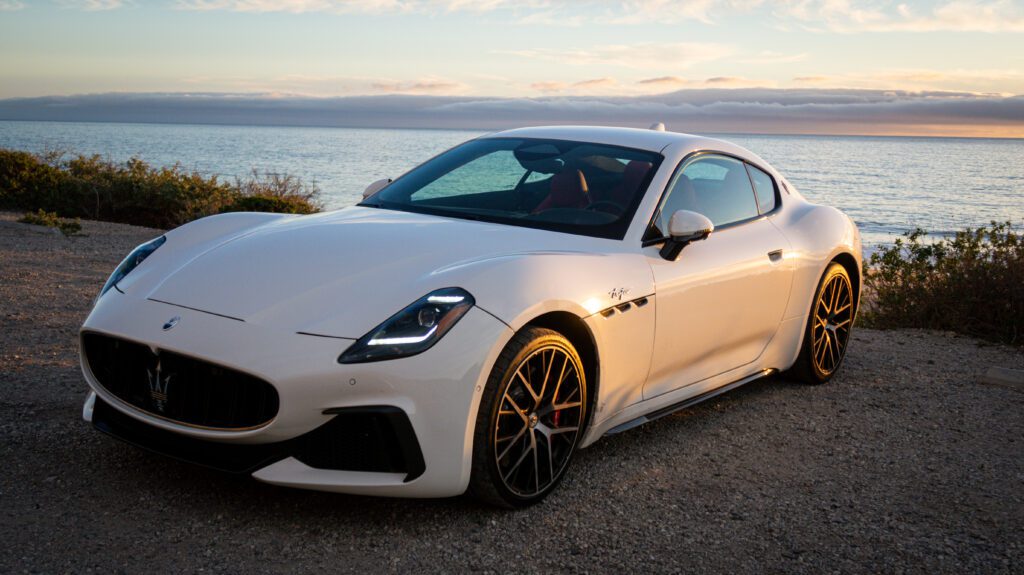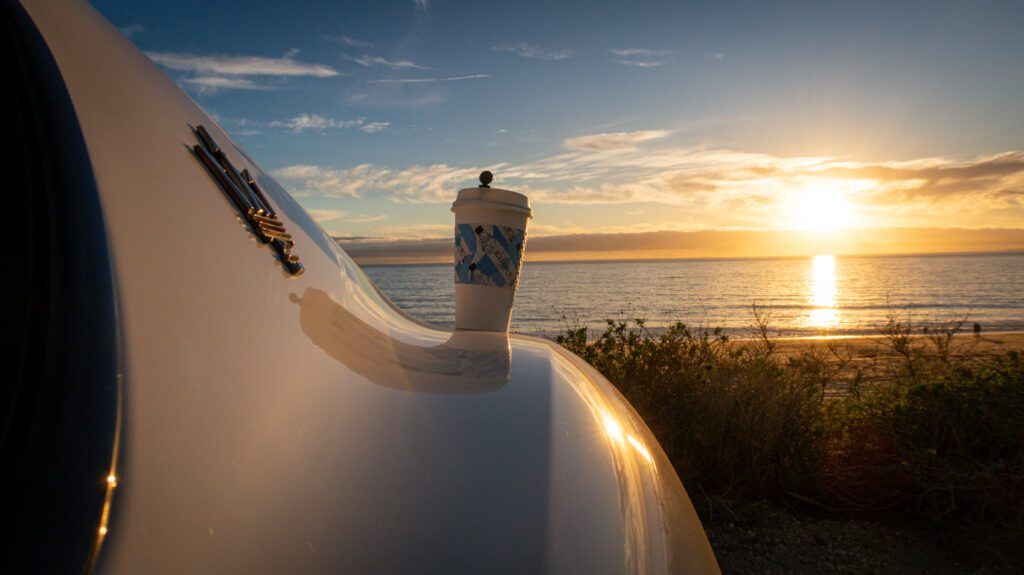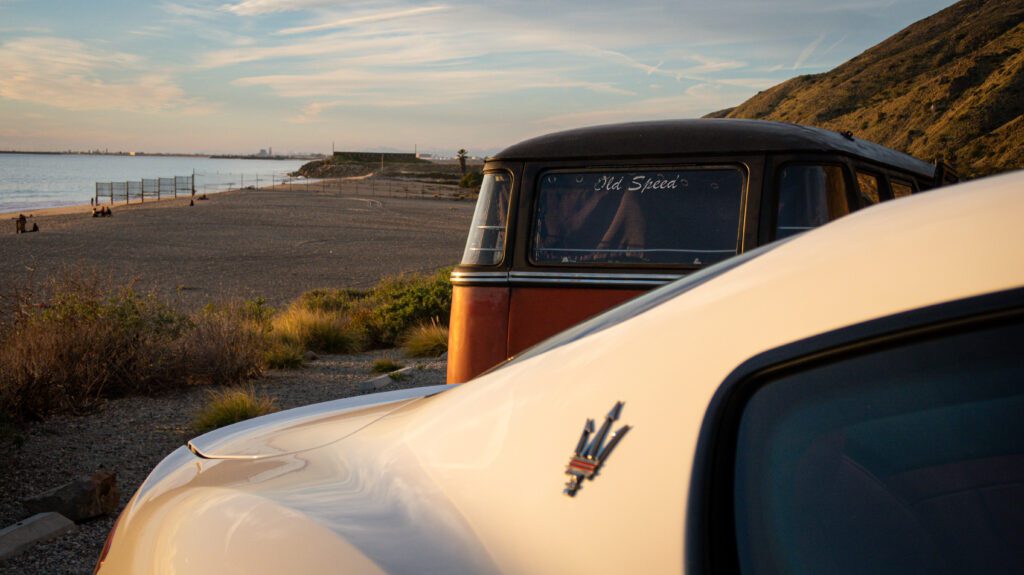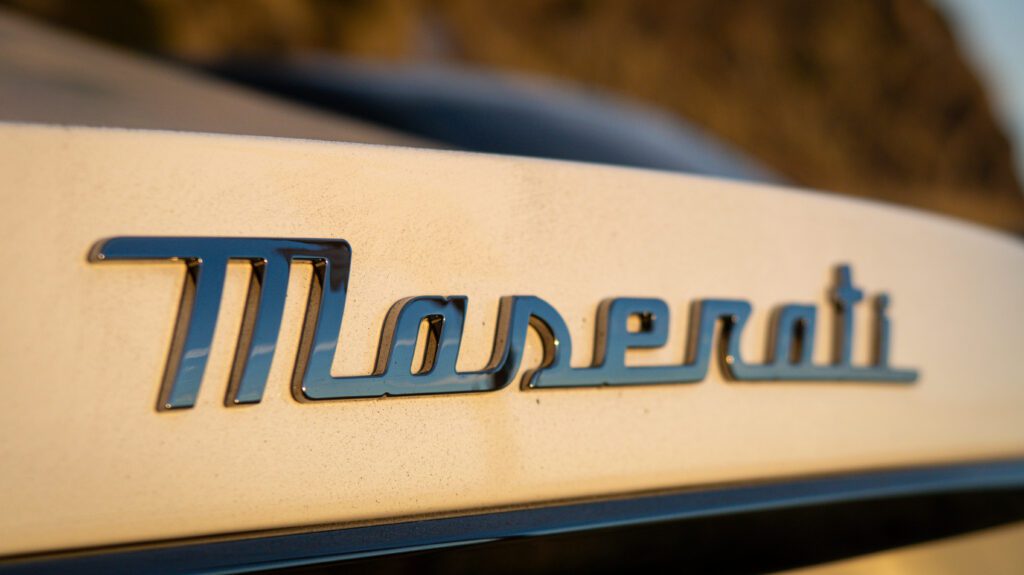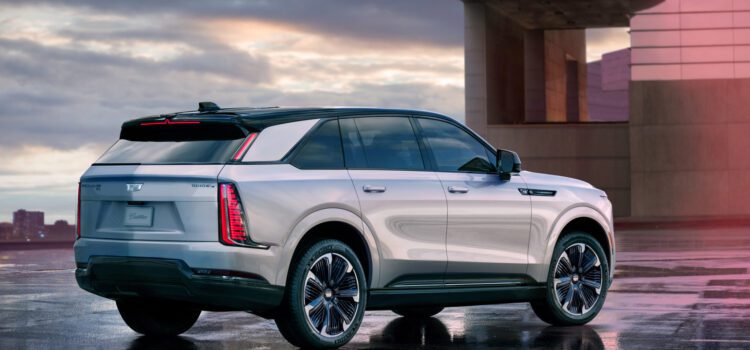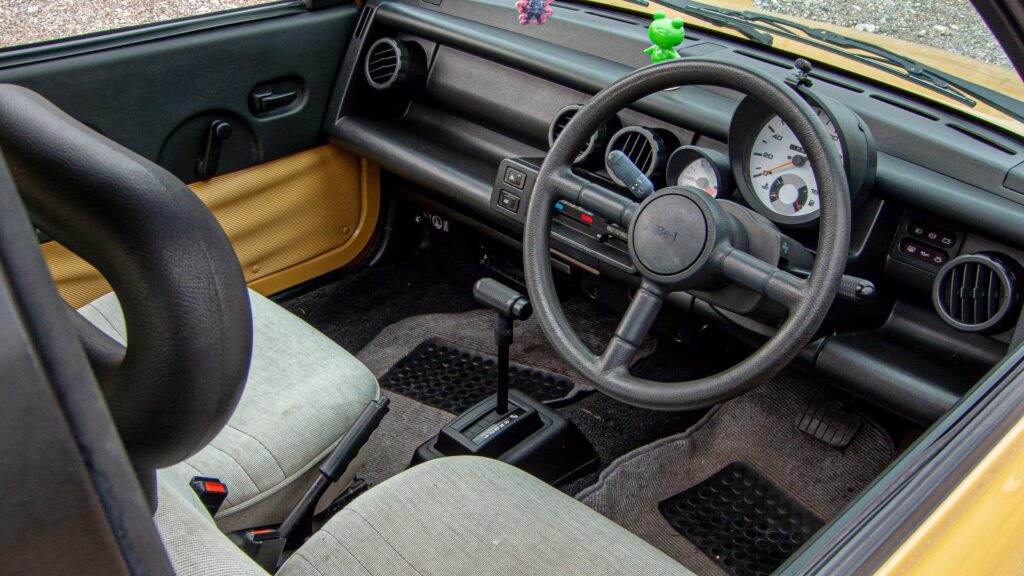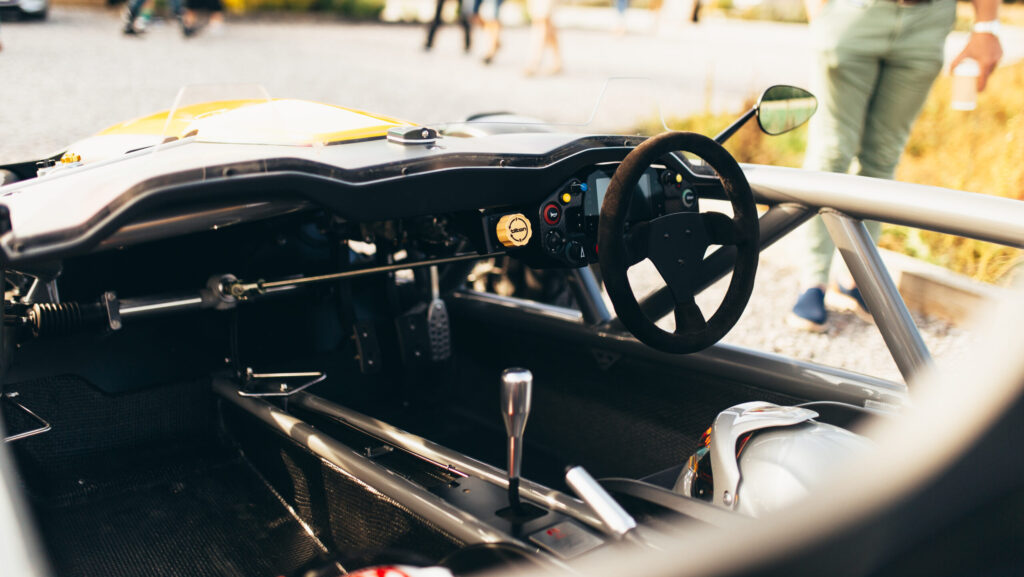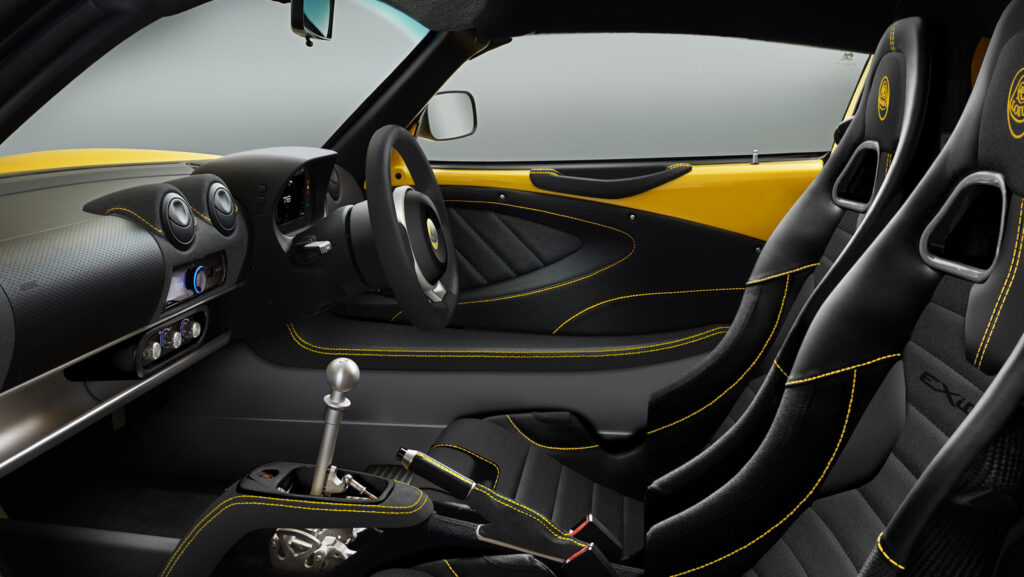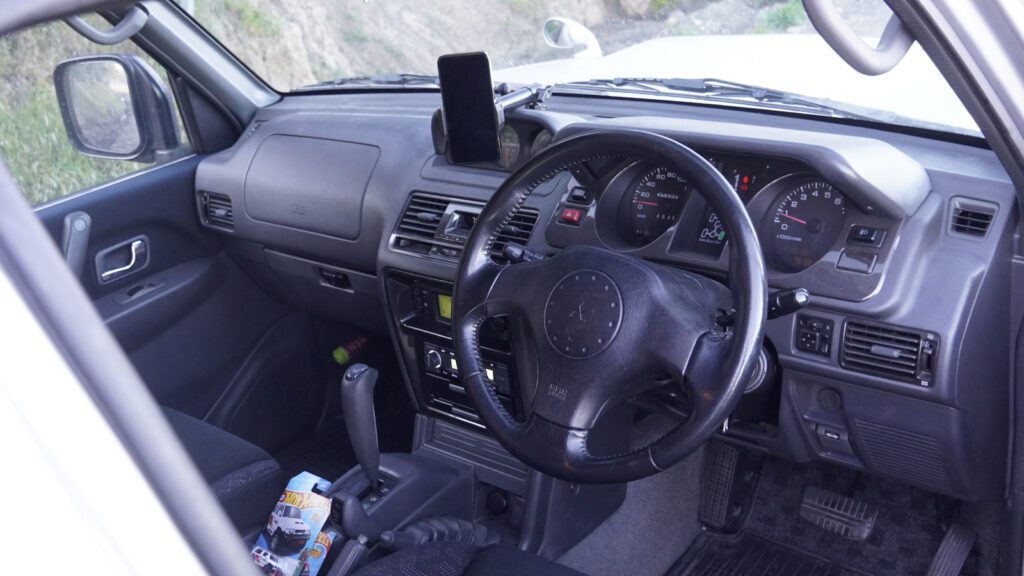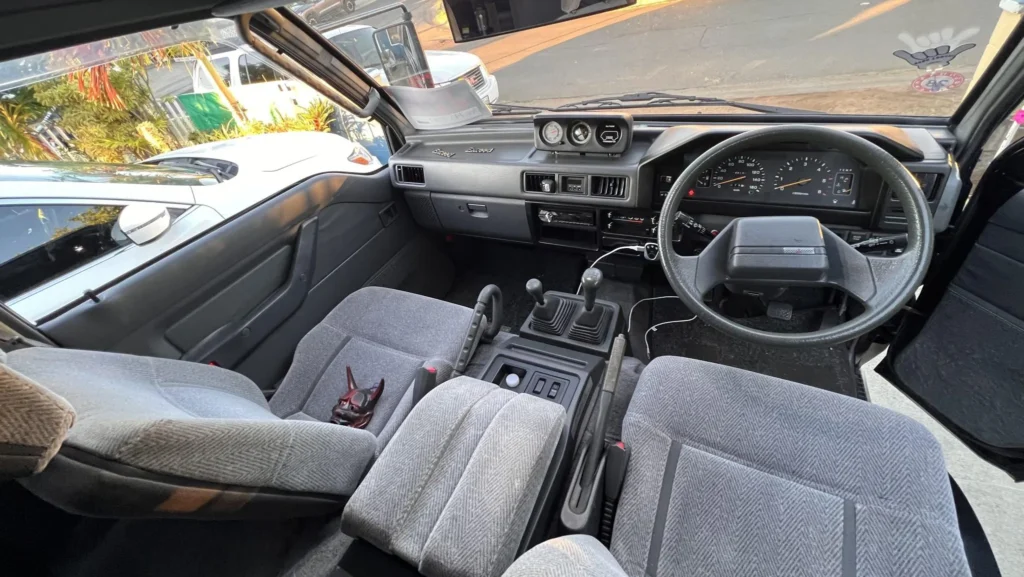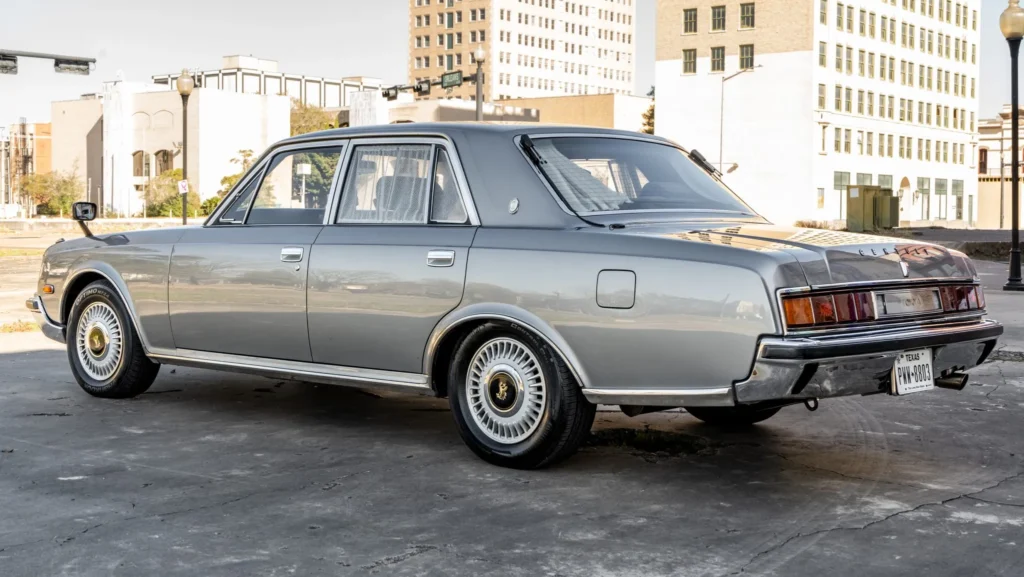The 2024 Lexus IS 500 F Sport Performance is the purveyor of modern luxury muscle
Twenty-five years ago, I bet if you asked the average new car buyer looking for a luxury four-seater what their top choices were, what they’d say would be quite different from today. These days, the general populace seems to lean more and more towards crossovers and full-size SUVs for one reason or another, which is a far cry from two decades back when sedans ruled this space. By that same token, for those who wanted a top-performing, naturally aspirated V8 powertrain with some sporty chassis tuning thrown in, even that wasn’t as particular of an ask as it is today. And it really is quite a particular ask now, because only one brand offers such a thing in the compact (or what we’d call a midsize back then) executive class: The 2024 Lexus IS 500 F Sport Performance.
The Lexus IS 500 is a rare bird in our modern era. Prevalence of crossovers aside—the Nagoya, Japan brand has plenty of those, too—there is truly nothing else on the market with this flavor of power plant. A quarter-decade back, I’m not sure people would think of Lexus as the last bastion of rear-wheel drive V8 enthusiasm with four doors, but it is.
And It’s also quite good at it: Here’s why the IS 500 is not only a well-appointed everyday luxury sedan for the price but amply fun to drive as well.

Skip to section:
Price and specs
Securing the highest spec costs just $65,670. Not bad for potentially the last naturally aspirated V8-powered sedan ever made, that’s also loaded to the gills with amenities. However, if you’re more keen on getting in as cheaply as possible, all it takes is $61,170, including Lexus’ $1,150 delivery fee. By comparison, the 2024 BMW M340i—a ravenously fun sedan in its own right—starts at $59,590, though doesn’t possess as entertaining of an engine.
[Button id=”377″]
| Base price: | $61,170 |
| As-tested price: | $63,600 |
| Engine: | 5.0-liter naturally aspirated V8 |
| Transmission: | 8-speed automatic |
| Drivetrain: | Rear-wheel drive |
| Power: | 472 hp @ 7,100 rpm |
| Torque: | 395 lb-ft @ 4,800 rpm |
| Redline: | 7,100 rpm |
| Weight: | 3,891 lbs |
| 0-60 mph: | 4.4 seconds |
| MPG: | 17 city, 25 highway, 20 combined |
| Observed MPG: | 19.3 mpg |
| Fuel capacity: | 17.4 gallons |
The base 500 isn’t a bad place to be, either: the F Sport Performance possesses 19-inch Enkei wheels, dual-stacked exhaust pipes (a nod to the IS F and RC F), unique F Sport exterior badging and accouterments, F Sport suspension tuning, and a Torsen limited-slip differential. LED headlights and exterior lighting are present, as is a push button start/stop, an extensive list of tech and safety amenities (more on that later), a comfortable NuLuxe leather interior with a 10-way power adjustable driver seat, Bluetooth, as well as Apple CarPlay and Android Auto compatibility.
Moving up to the F Sport Performance Premium swaps the Enkeis for beautiful 19-inch forged BBS wheels (optional on F Sport Performance), and tacks on a handful of exterior upgrades like upgraded headlights, dark chrome window trim, and some neat/unique paint choices. Inside, it gets a Mark Levinson 17-speaker 1800-watt stereo, plus a handful of finer luxury details mixed in. If it were my money, I’d save a couple grand and do the F Sport Performance with those BBS wheels added on.
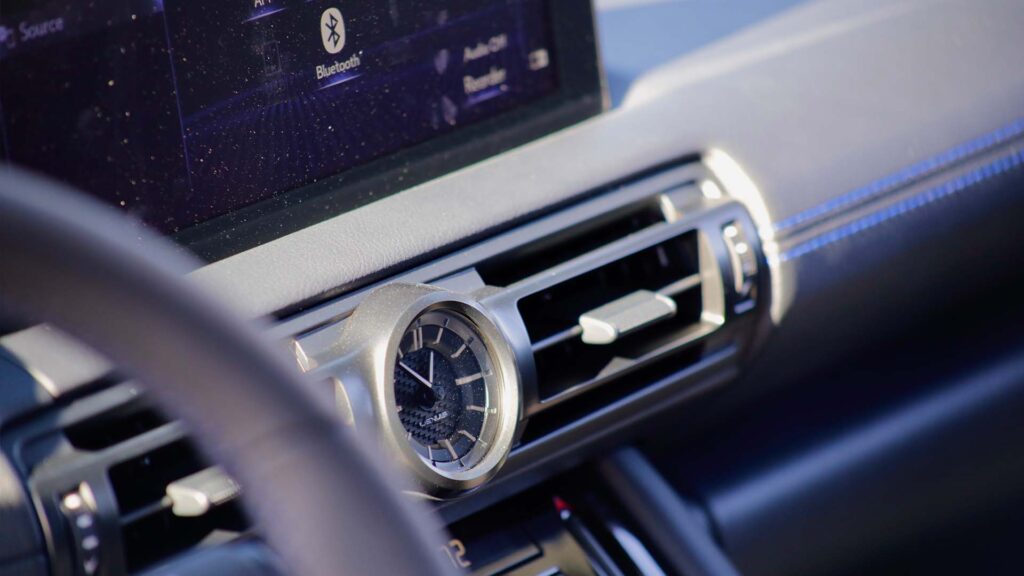



Design, interior, and infotainment
As far as modern four-door luxury goes, the Lexus IS 500 is certainly a looker. It’s got an overall muscular shape, particularly in its hips, and my tester’s bright and gorgeous Blue Vector paint is contrasted by dark F Sport exterior trim accents and satin black BBS wheels made for one sharp package. The cherry on top are LED headlights, aggressive front fascia, and staggered wheels wrapped in 235-front and 265-rear Summer rubber—these help it pass the Look Back After Parking Test for sure.
Opening the front driver door reveals a spacious environment filled with clean design and all the airiness. It’s a very pleasant place to be. The soft yet nicely bolstered NuLuxe sport seats are quite comfortable and supportive and possess both heating and cooling. The center console and dash area are nicely appointed with real, physical toggles and buttons, and in spite of some piano black plastic here and there, it all feels very solid to the touch. Dual-zone climate control is standard, as is a big sunroof for increasing airiness even further.
Space-wise, my six-foot-three stature had plenty of leg and headroom, and ingress and egress were easy with its big front doors, though I wish I could’ve telescoped the wheel a tad closer to my torso. Rear seat room was great below the waist, though a little tight for someone of my height.
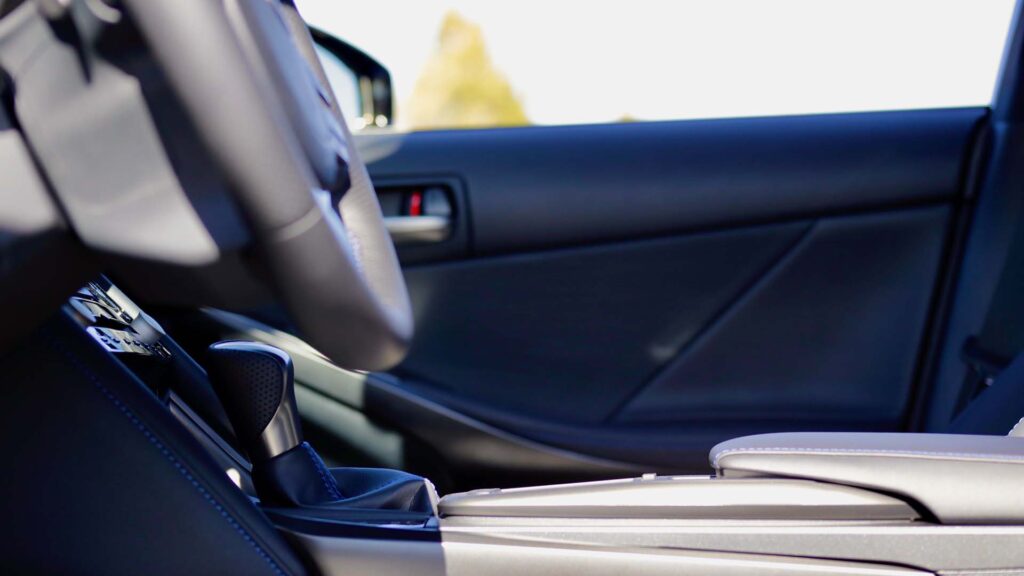
With plenty of physical buttons and a very nice, logical layout, Lexus’ infotainment is one of the better systems I’ve operated in recent years. While the love-it-or-hate-it touchpad is still present (personally, I don’t mind it, and it’s far easier to work than Acura’s), the standard eight-inch touchscreen responded quite well to inputs, and Lexus’ software was generally easy to navigate, save for making a few minor customization changes like touchpad sensitivity, as well as connecting Apple CarPlay. Unfortunately, the latter isn’t wireless.
When it comes to advanced driver assistance technology, a lot is standard for the price. Lexus Safety System+ 2.5’s features begin with frontal collision warning, automatic emergency braking, rear cross traffic alert, automatic high beams, as well as pedestrian and bicyclist detection. Additionally, dynamic radar cruise control is in the mix, which operates in a smooth and predictable fashion, and will even stop and crawl along in traffic. Lane tracing assist works generally well, though has some trouble maintaining the center of the lane on the highway, especially if markers are a bit worn.
| What’s hot? | – Excellent overall power – Makes an excellent noise – Great looks – Solid ride quality – Confident well-planted handling – Good steering – A comfortable and relaxing place to hang out in |
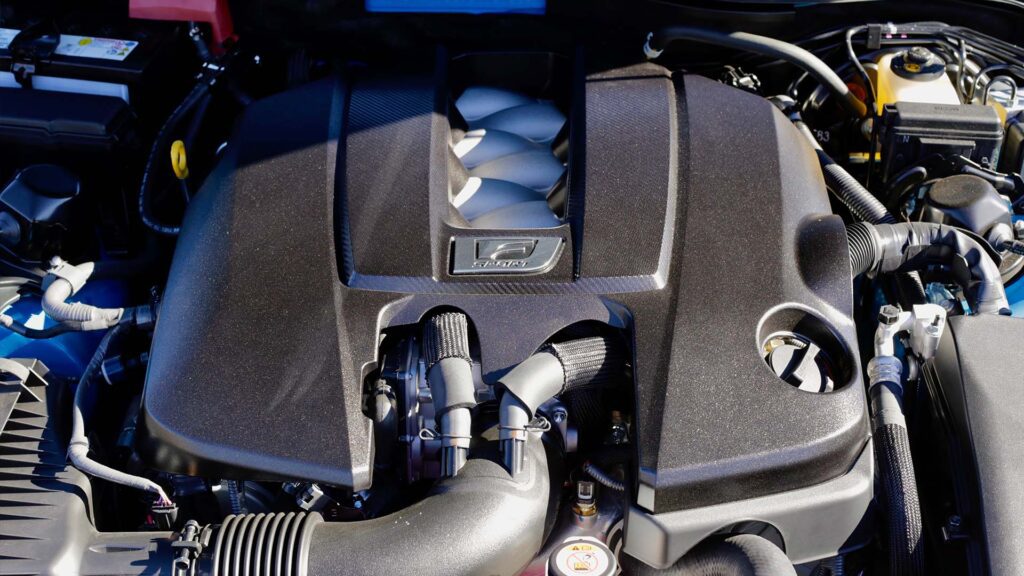
Japan’s manic muscle car in a tidy tuxedo
The main draw for the IS’ 500 designation is its engine: Lexus’ 5.0-liter 2UR-GSE. Producing 472 horsepower and 395 pound-feet of torque, this mighty IS will hit the 60 mph mark from zero in a reported 4.4 seconds. Not bad for a 3,891-pound sedan. Fun fact: It’s the same basic engine found in Lexus’ RC F GT3 race car, just with a few tweaks and displacement bumped up to 5.4 liters. This mighty beast helped Vasser Sullivan Racing win the driver’s, team’s, and manufacturer’s championship in IMSA’s 2023 WeatherTech SportsCar Championship GTD Pro class.
Unlike other modern V8-equipped hardware, the IS 500 is a little down on low-end torque. It’ll move along just fine below 4,000 RPM, but to get the full experience of all five liters, you have to make sure it’s revved out—I doubt most folks in the market would complain about this, though, as it’s an overall smooth engine at any rpm.
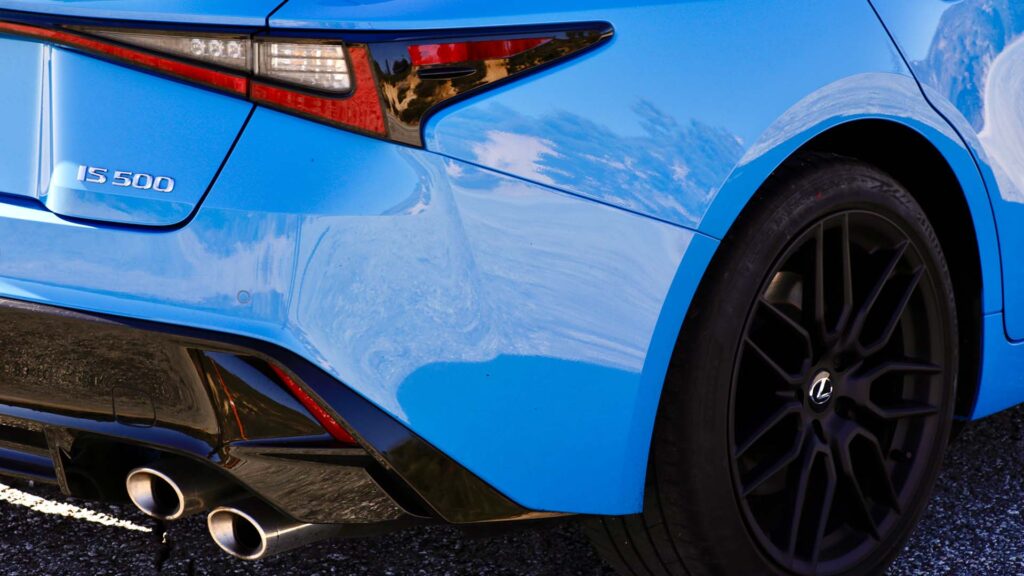
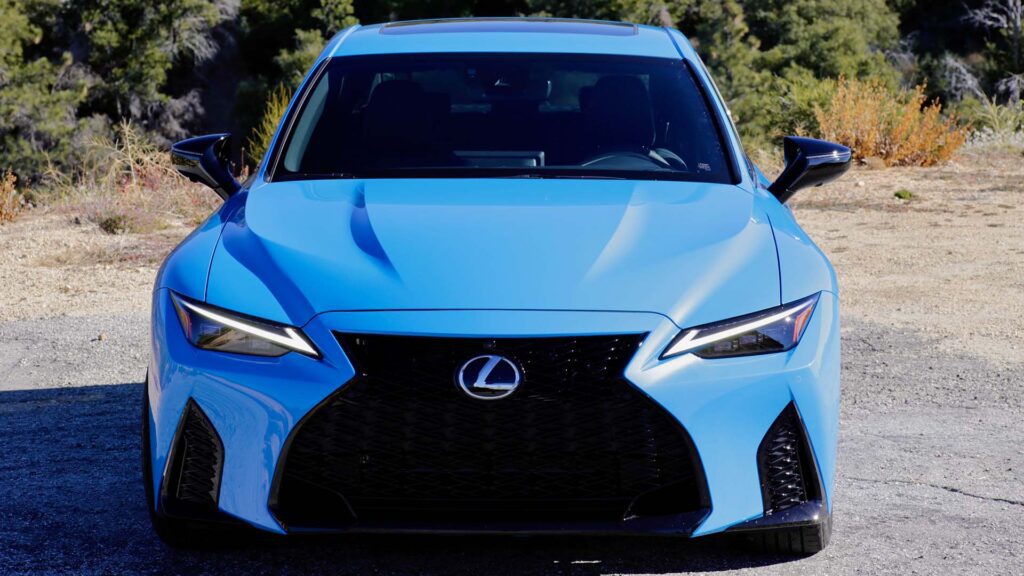
Then, when it comes to any situation that requires wide open throttle, the symphony of induction and exhaust is nothing short of brilliant. While this all-aluminum unit has a faintly lumpy, conventional-sounding V8 burble at idle and lower revs while cruising around town, it perks up nicely in the mid-range and doesn’t stop roaring until its 7,100-rpm redline. An actuator in the intake system opens up around 4,000 rpm to let in even more bass-filled induction roar, too, and it’s a very welcome addition to the overall experience.
It may be a little slow down low in the tachometer, but it more than makes up for it up top. In addition to its beautiful five-liter soundtrack, its linear power curve gets a tad steeper past 4,500 rpm. For reference, it’s like a cross between Ford’s 5.0-liter Coyote and BMW’s legendary 4.0-liter S65—some American flavor in the way it burbles in the low and midrange, yet it spins up quite smoothly and quickly up high like the near-race-level Bavarian creation. Additionally, the torque shove never gets old, so it’s quite difficult to drive with optimal fuel economy in mind.
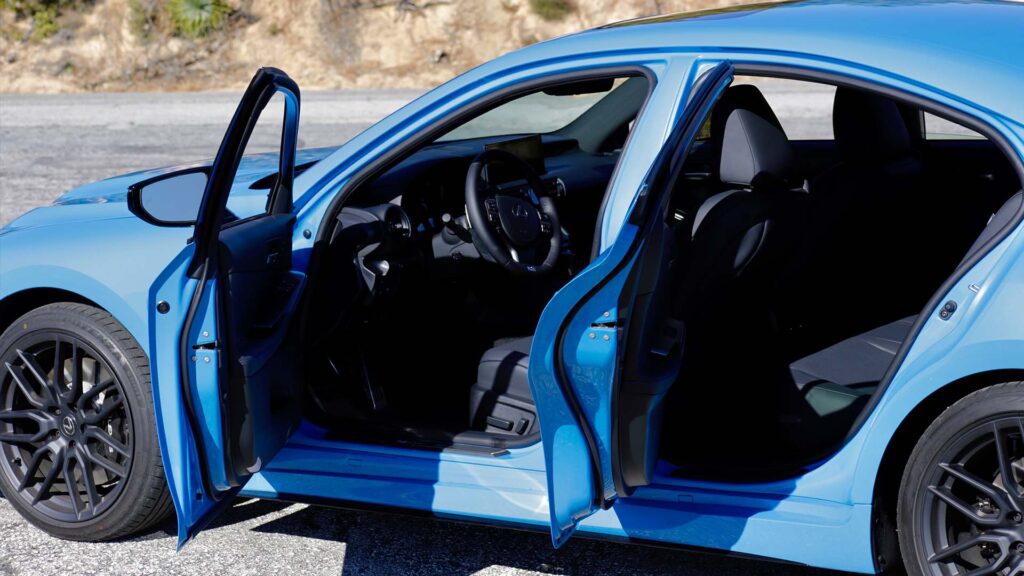
F Sport Performance = An F-Lite for the day-to-day grind
When the IS 500 first came out a few years ago, the talk of the town was whether it was the successor to Lexus’ M3 fighter from ten-or-so years ago, the beloved IS F sport sedan. Also known as the luxury sport sedan for folks who don’t want to deal with moody European reliability. Having driven both on very fun SoCal roads, I must affirm that it’s not, but it’s still quite good for what it is.
Think of it as an F-lite: The F Sport Performance’s modus operandi is solid overall handling and steering.
Around town, Lexus’ adaptive variable dampers’ sportiest Sport S+ mode, the 500 was quite compliant and daily-able. By that same token, its steering was comfortably light and easy to spin around in easy-going day-in, day-out driving. The package dealt with Los Angeles’ roughest surfaces quite well. In fact, I didn’t notice much of a difference between Sport S+ and the supposed-to-be-softer Sport S, although there was some definite softening up in Normal. I could feel its Summer tires’ thinner/harder sidewall over particularly brutal roadway imperfections, but it was still quite solid and well-damped across all modes.
Then, the 500’s eight-speed conventional automatic transmission shifts smoothly and often enough to help offset its thirsty powerplant—no complaints there. Again, top marks for daily-bility.
Then, to bolster its one-car-to-do-it-all appeal further: This thing is so much fun on twisty roads.
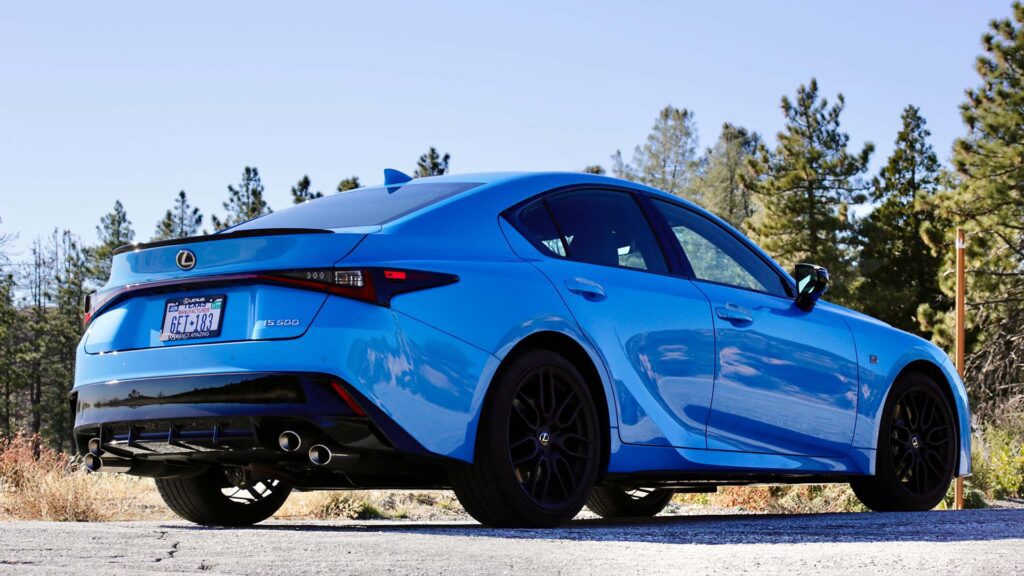
A fun sedan that can dance with the best of ’em
Those aforementioned adaptive dampers are wrapped in double-wishbone front and multi-link rear suspension that keeps the IS 500 F Sport’s body roll well contained in twisty, mountain-top sweepers. There’s still some lean to it—it’s a big, comfortable sedan, after all—but not to the point of easily upsetting the tires’ contact patch. Grip levels felt ample and hard to shake while sailing this 3,900-pound Japanese sedan through the San Gabriel Mountains’ famous sweepers at speed. The front end was vague, as was turn-in a few degrees off-center. But the steering loaded up nicely off-center in the corners, which, combined with a pretty quick steering ratio, made for an engaging experience.
People often point to older BMWs and Mercedes as having a certain bank vault feel to them while rolling down the road—the IS 500 is the modern iteration of this, and especially when it comes to staying composed in the twisties.
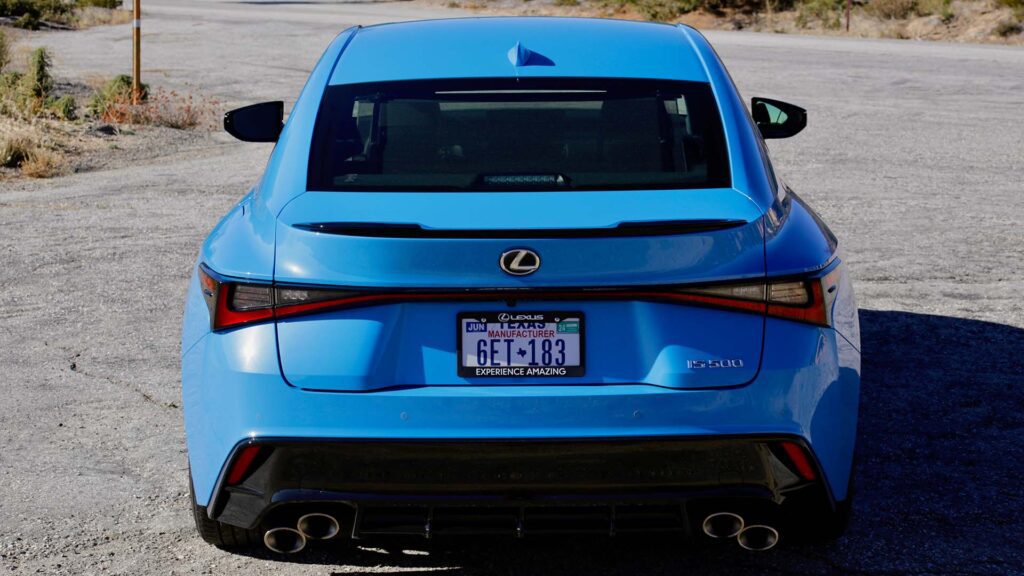
Then, if you’re ever in a situation where traction control happens to be off, and you need to make an especially tight U-turn, or you’re inclined to expedite warming up the rear tires with some playful opposite lock through a wide-open intersection, the 500 has you covered. Oversteer is wonderfully controllable thanks to the Torsen limited-slip differential at the rear axle, especially with a committed right foot to dispatch as much of that 395 pound-feet of torque as possible.
Finally, keeping a handle on all that power and grip are two-piece 14-inch front and 12.7-inch rear brake rotors. The initial bite was soft, and they were a bit vague to modulate, though that’s to be expected for something with daily versatility in mind. The pads held up reasonably well at a quick pace in the twisties and only started to overheat and fade after 20 or so minutes of harder driving. But I bet this could be easily resolved with some better aftermarket pads.
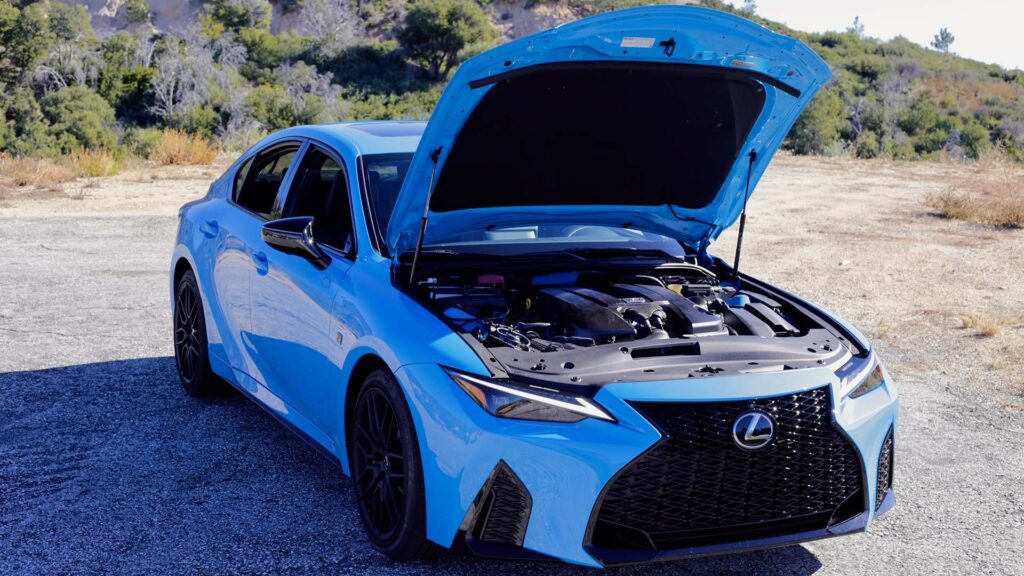
| What’s not? | – Infotainment can be a tad confusing – Slightly lacking in low-end torque – Little communication from the front end in corners at high speed – Brakes are a little soft and lacking in modulation |
[Button id=”415″]
A final bastion for V8 sport sedans
In spite of its appealing specs that make for one entertaining and versatile driving experience, it’s still a little surprising that Lexus is the last operation on the block to offer a rear-wheel drive luxury sedan with a revvy and ever-entertaining V8. It’s actually utilized this formula for decades in one way or another, but seems to always be overshadowed by the likes of BMW or Mercedes-Benz, which definitely adds to the appeal.
Good on Lexus for sticking to its guns.
EVs, PHEVs, and standard hybrids are great, as is lively turbocharged fare, but the versatility and potency of a V8 will always be music to enthusiasts’ ears (pun intended). And with everything else around it, like nicely tuned suspension and solid luxury chops, it’s an especially compelling final iteration. It’s all but certain that another all-motor V8 four-door luxury sedan will never come along, but luckily, the IS 500 F Sport is a solid overall last chapter that’d put a smile on any enthusiasts’ face day in and day out.

